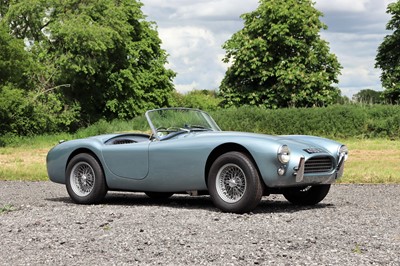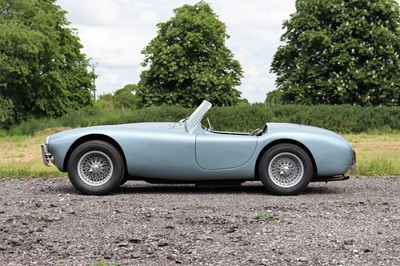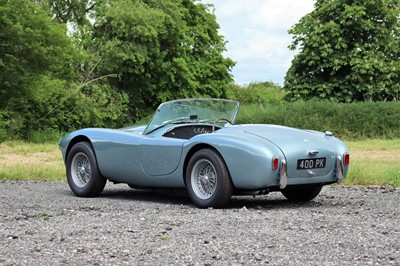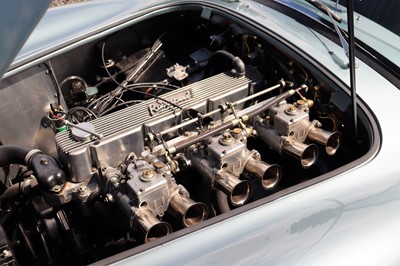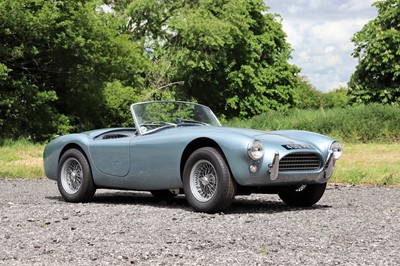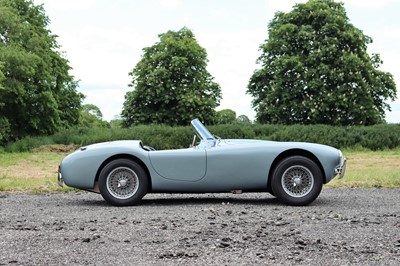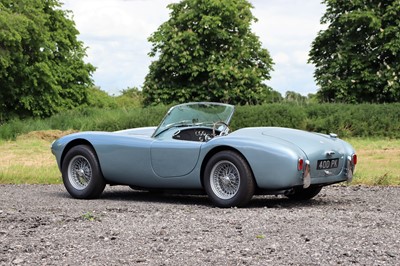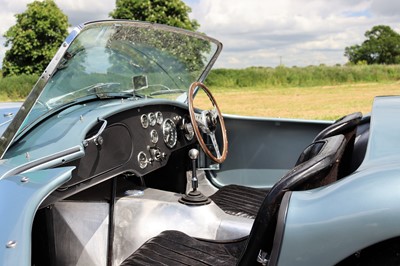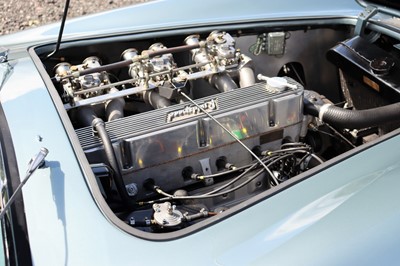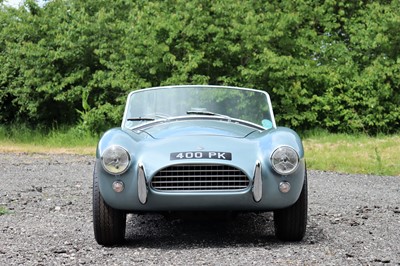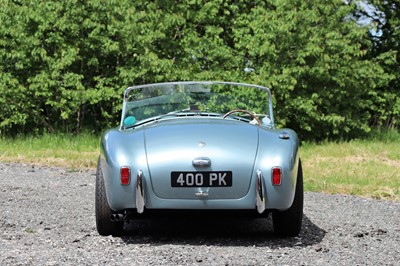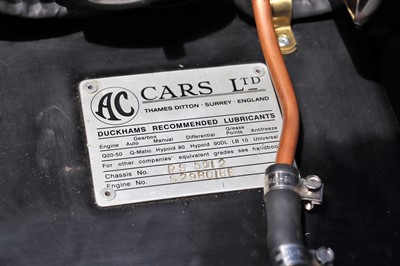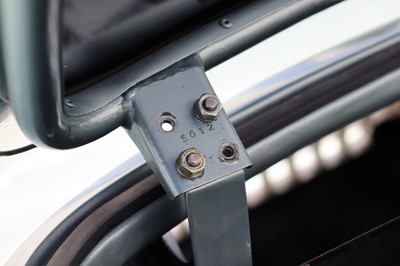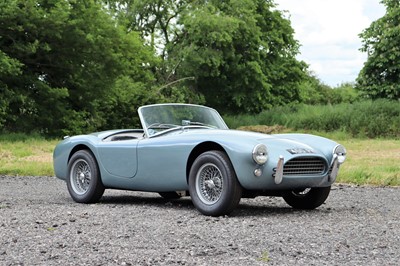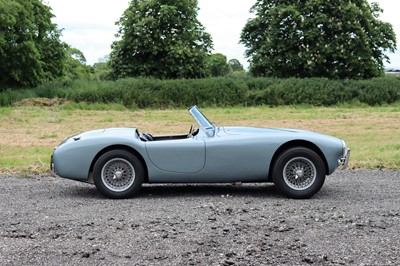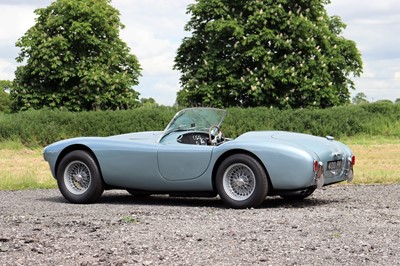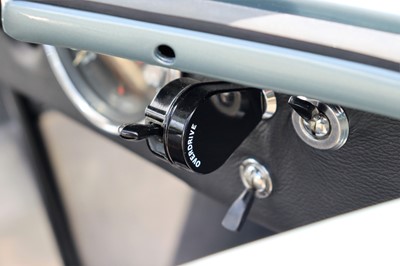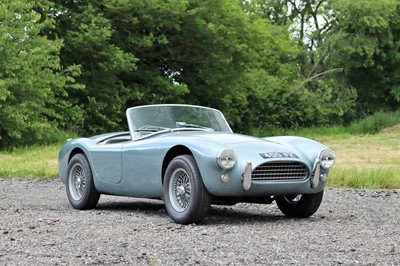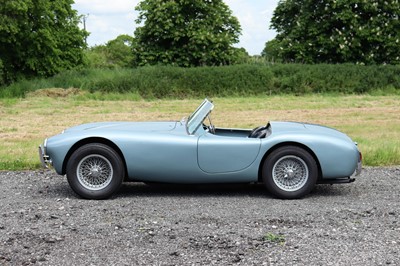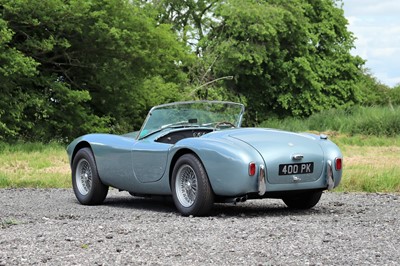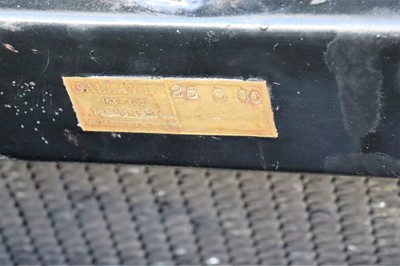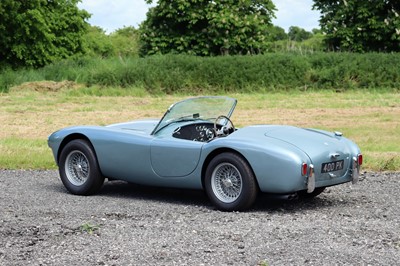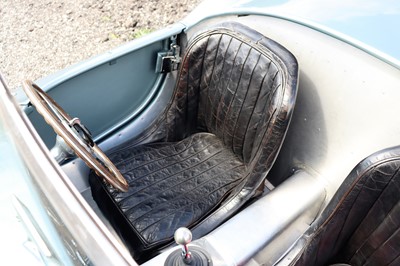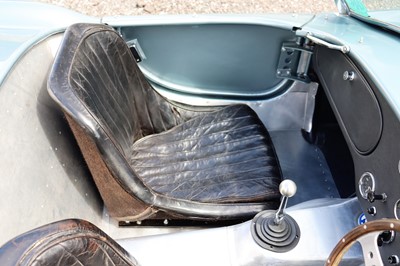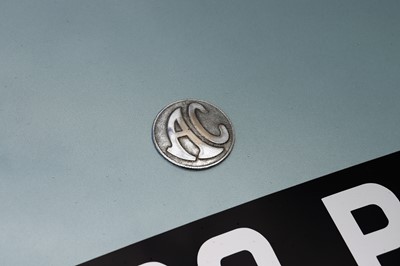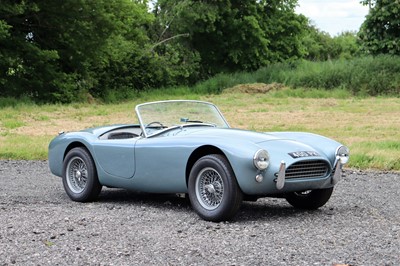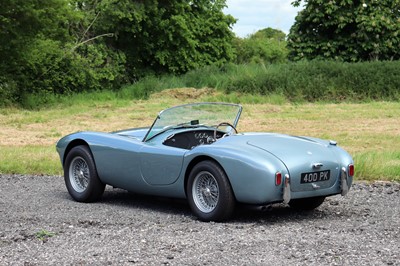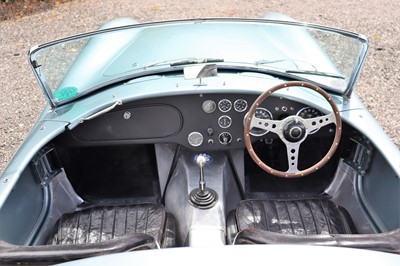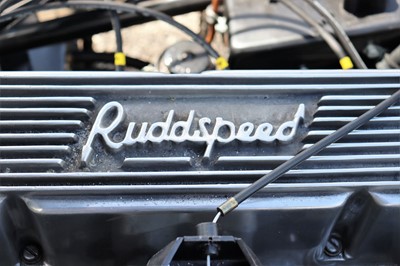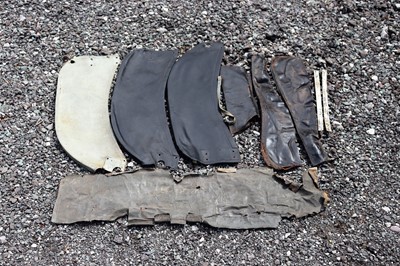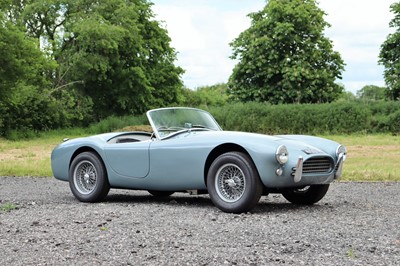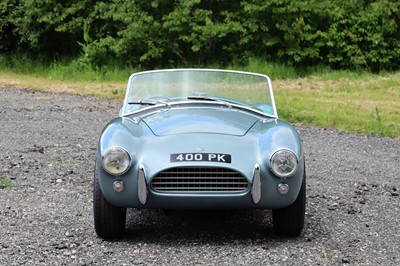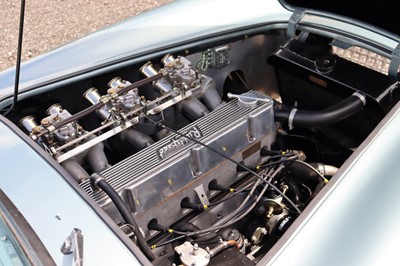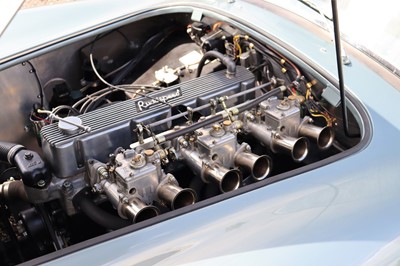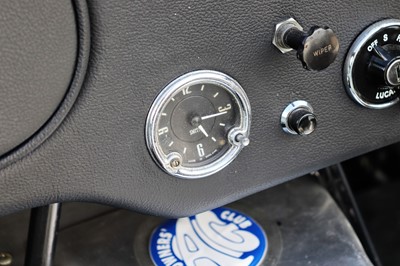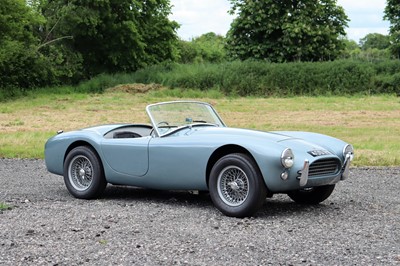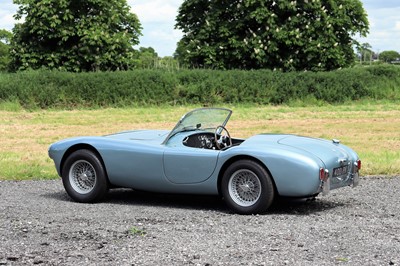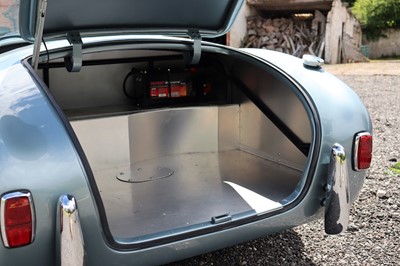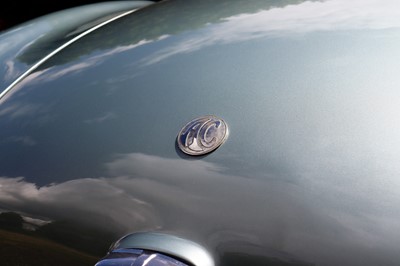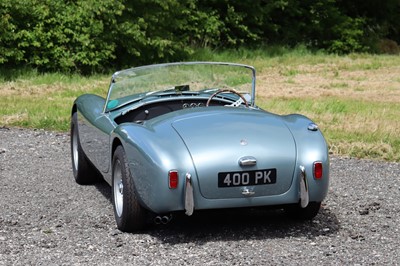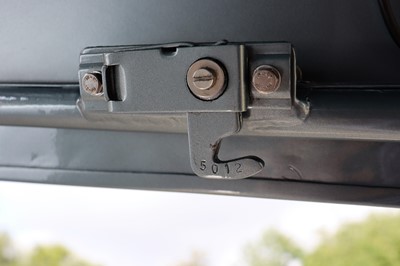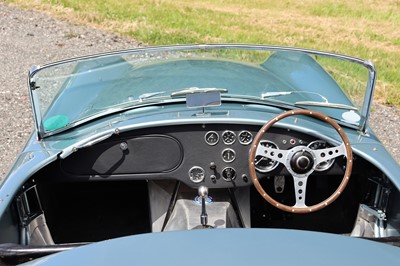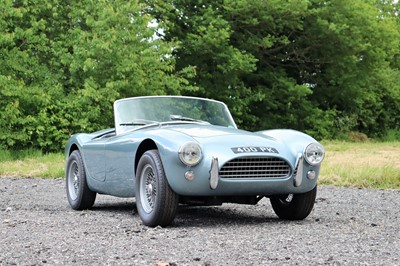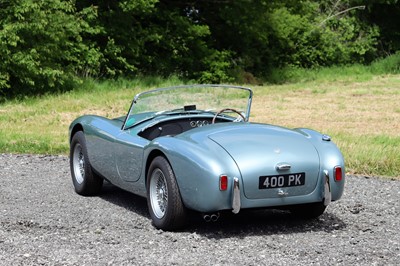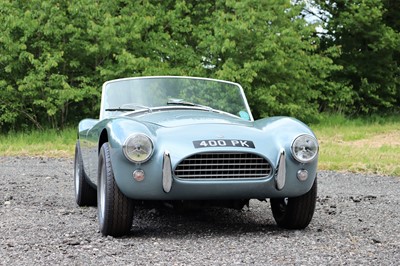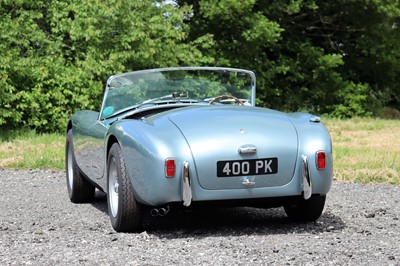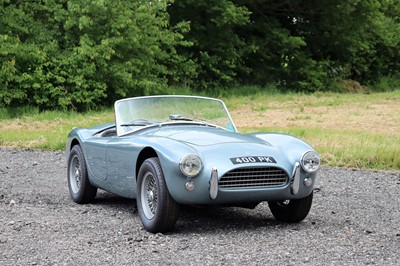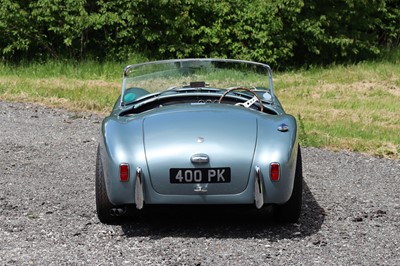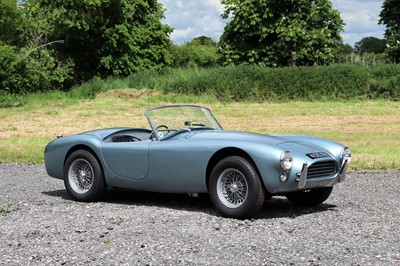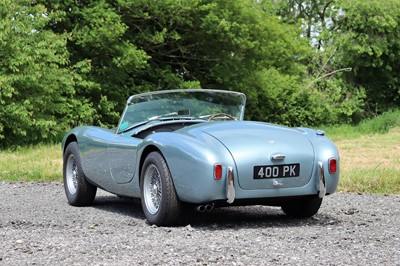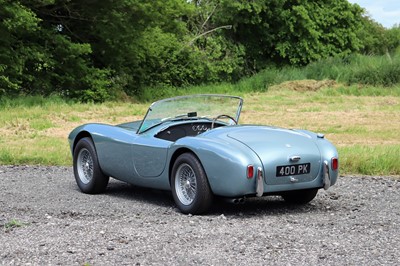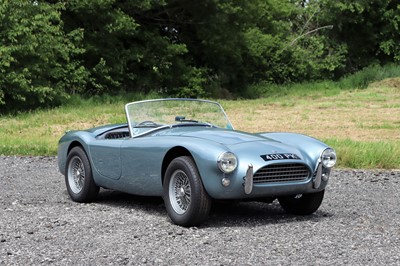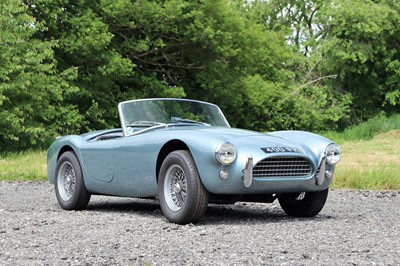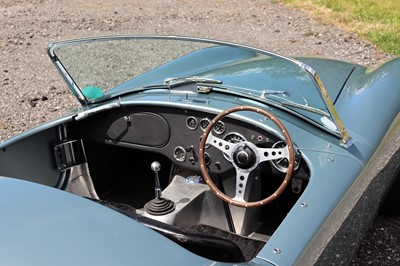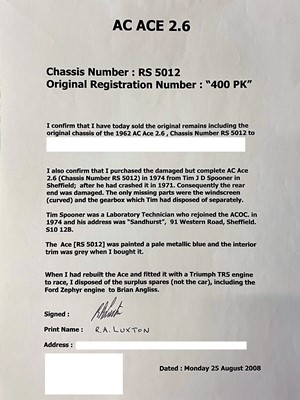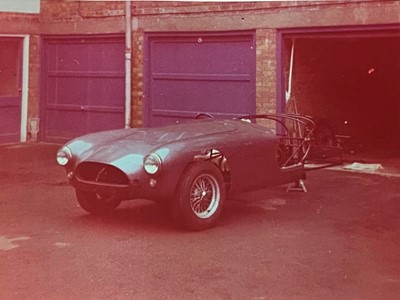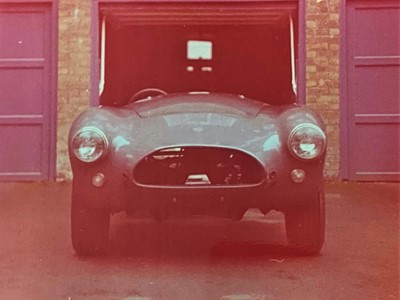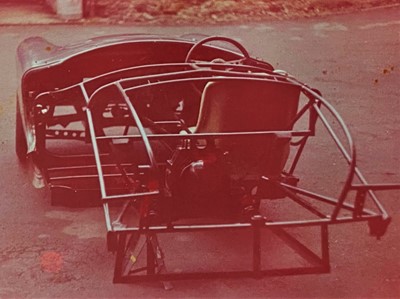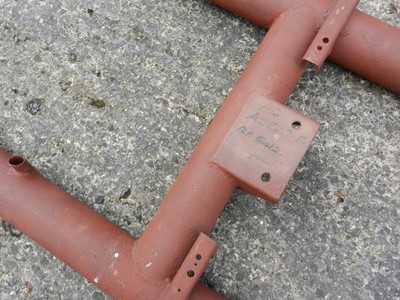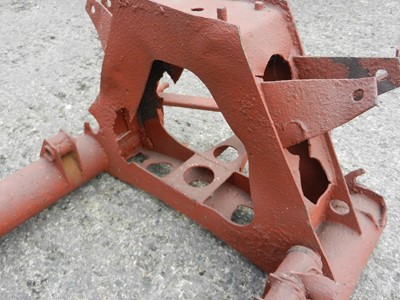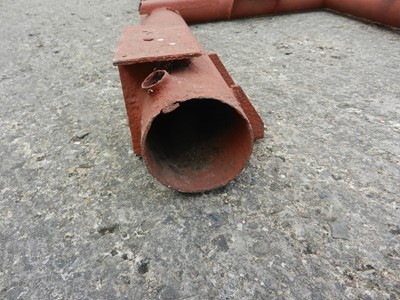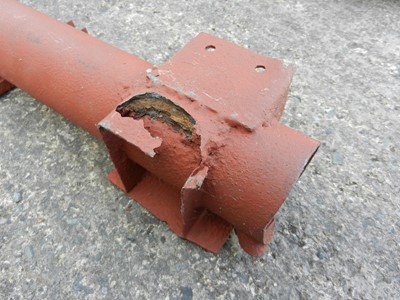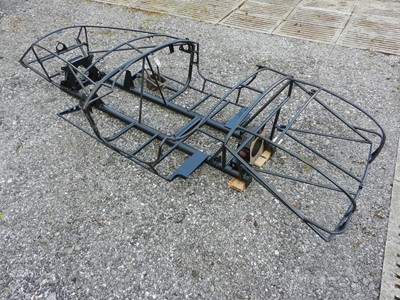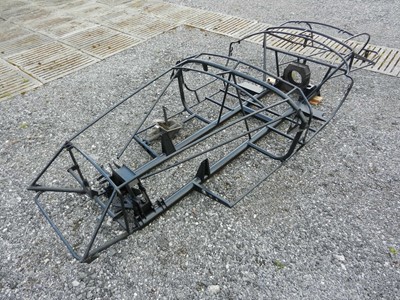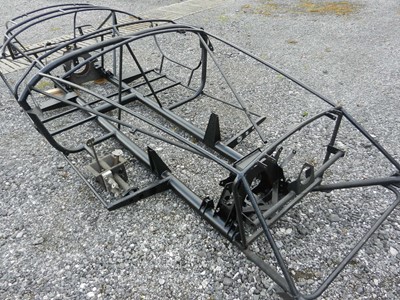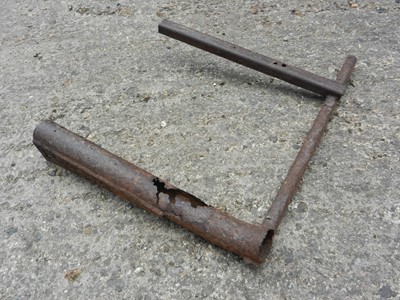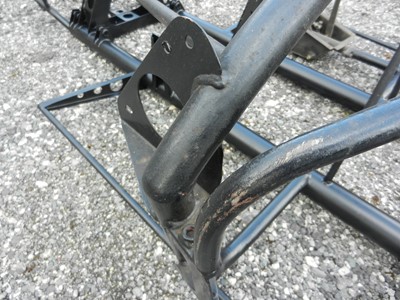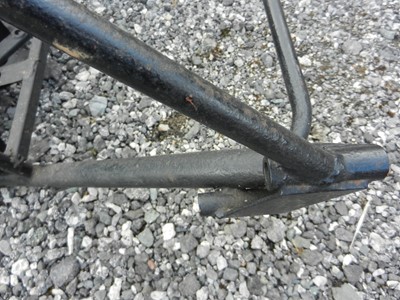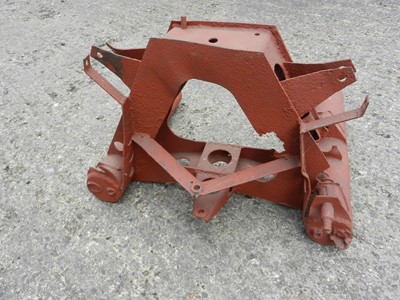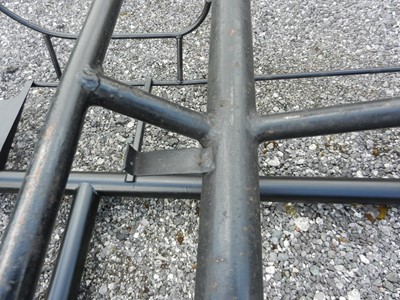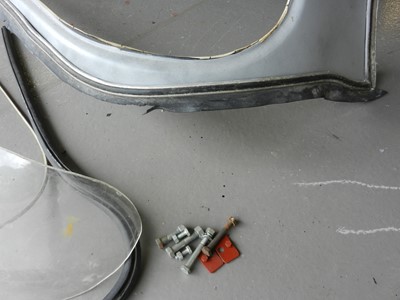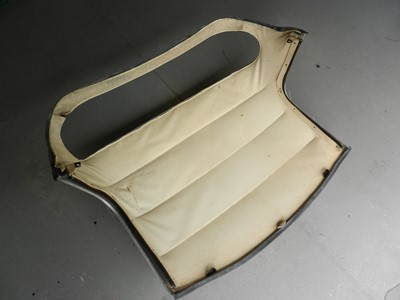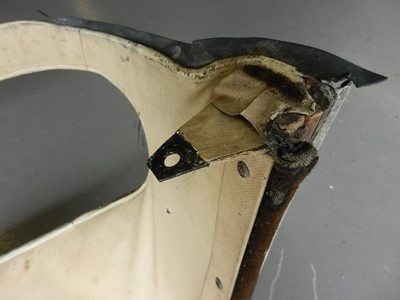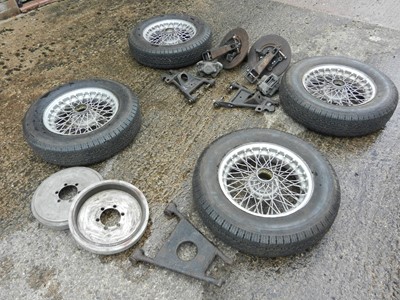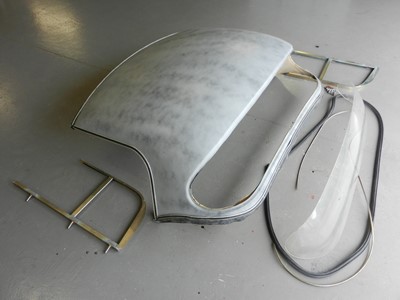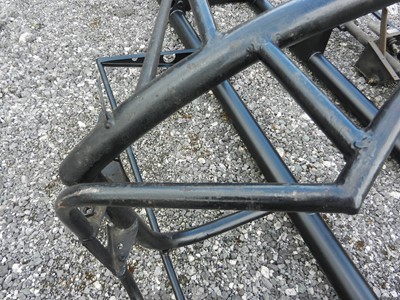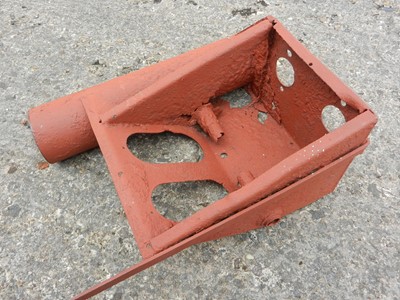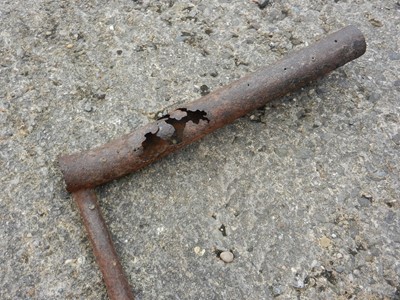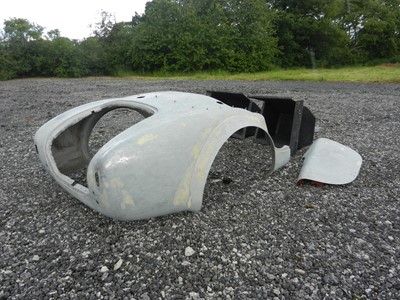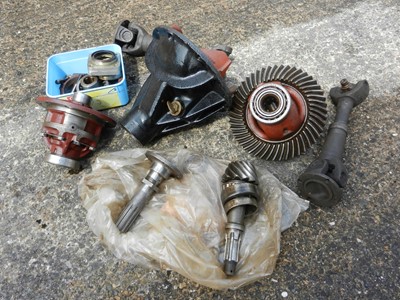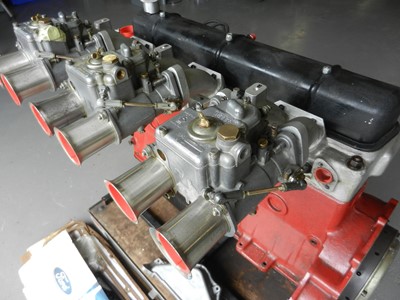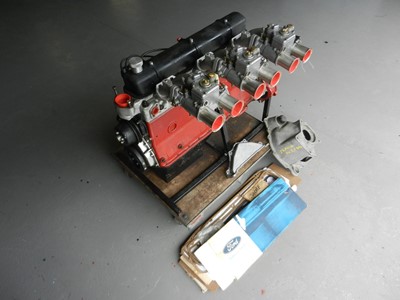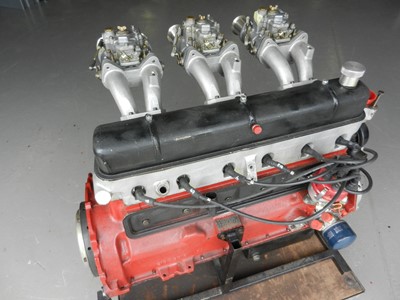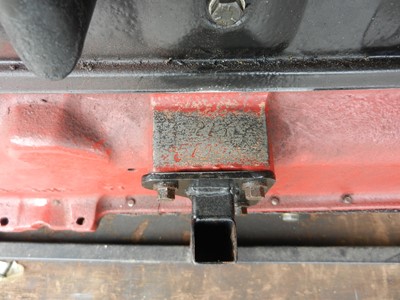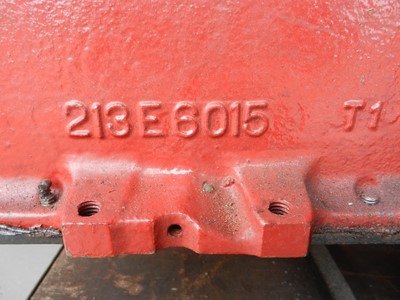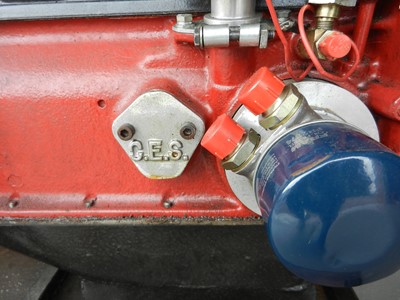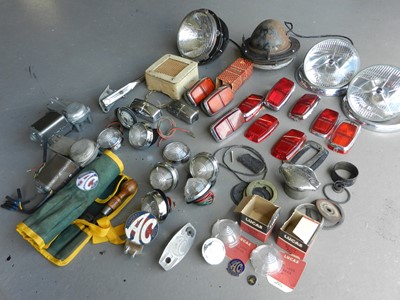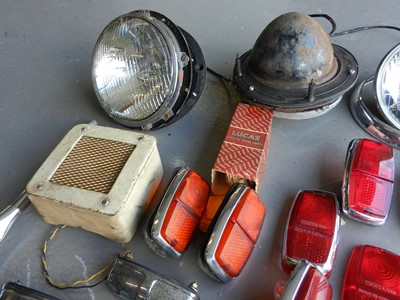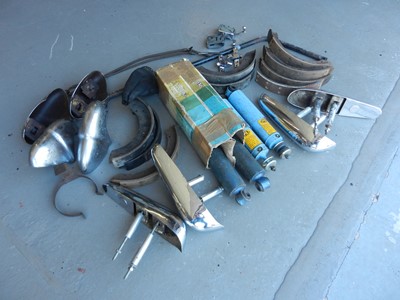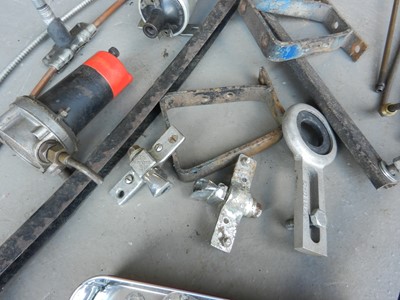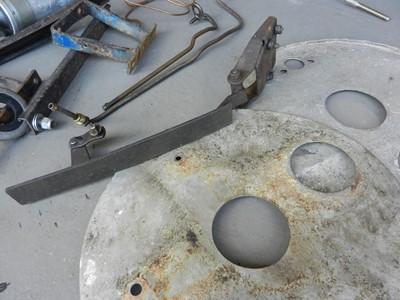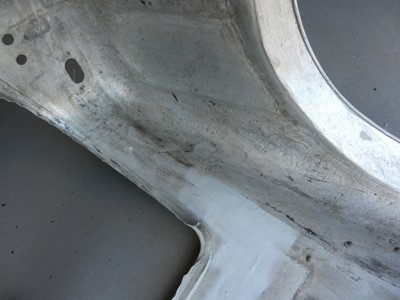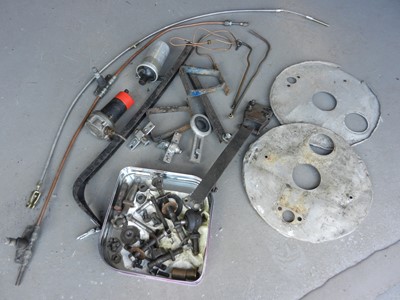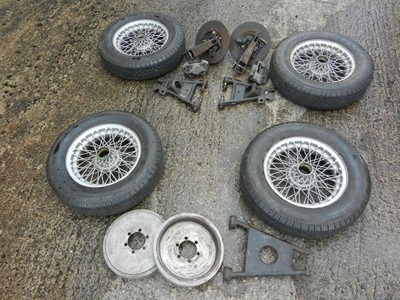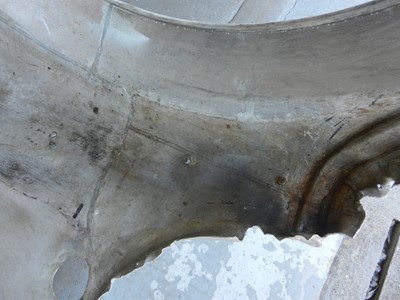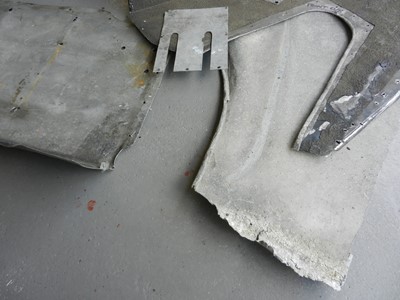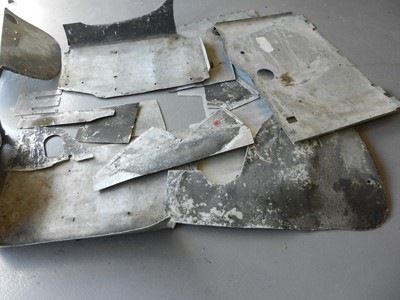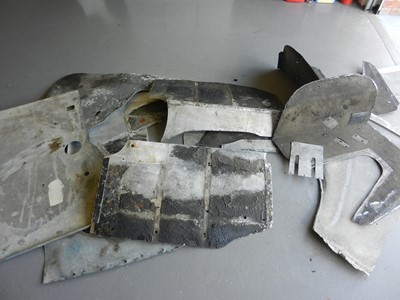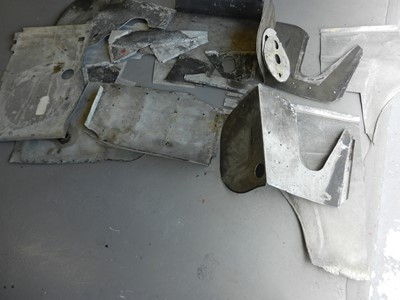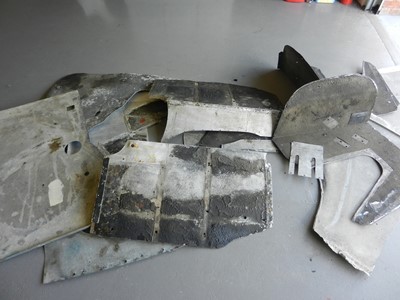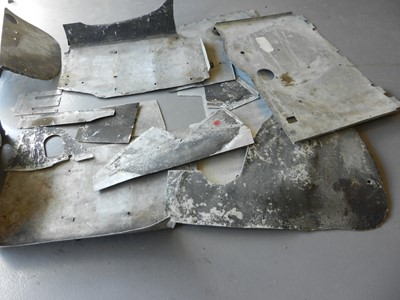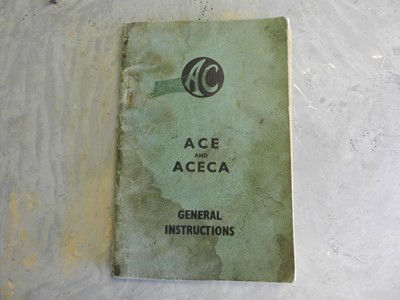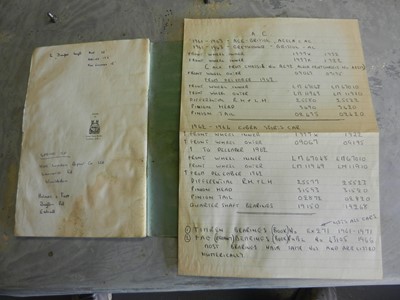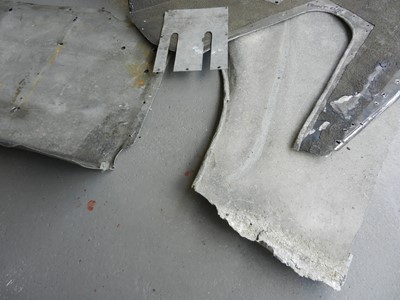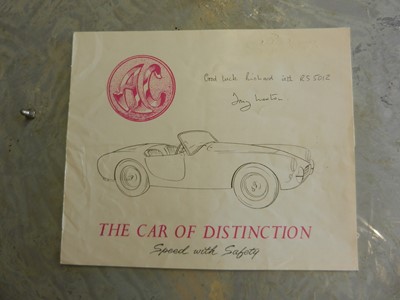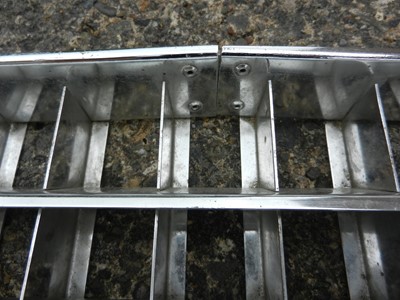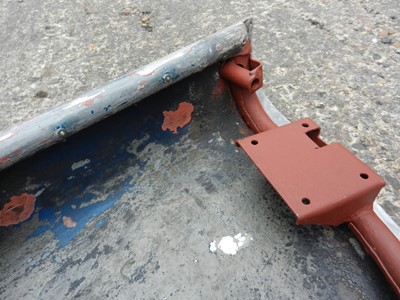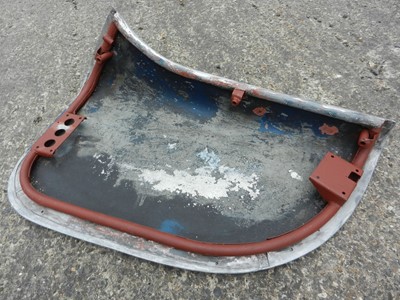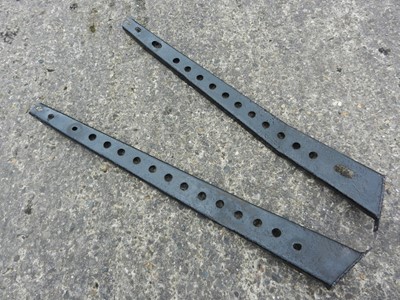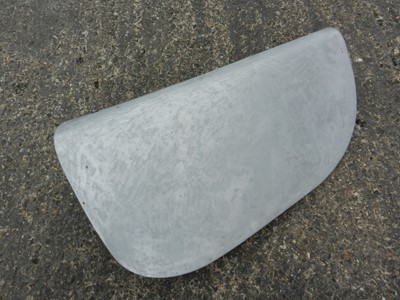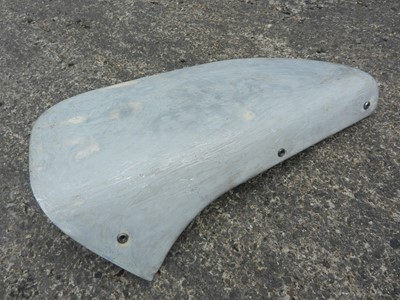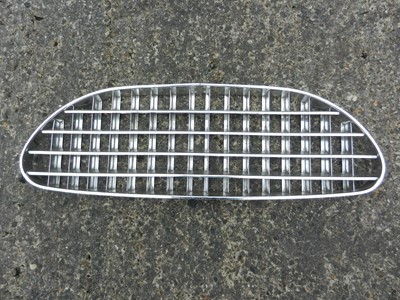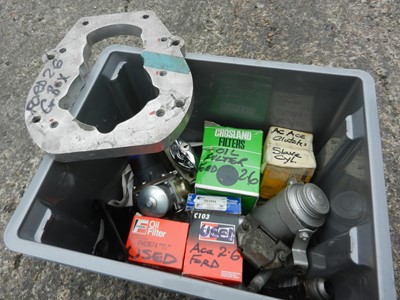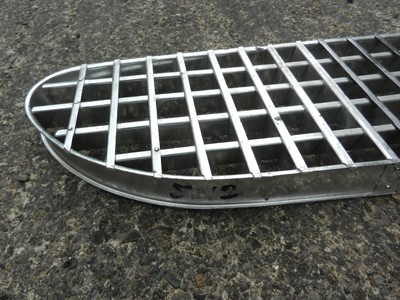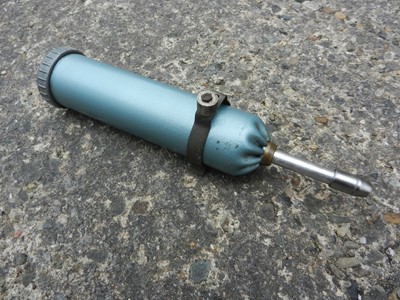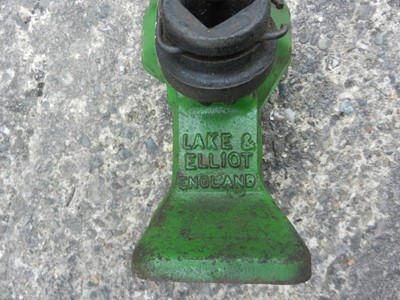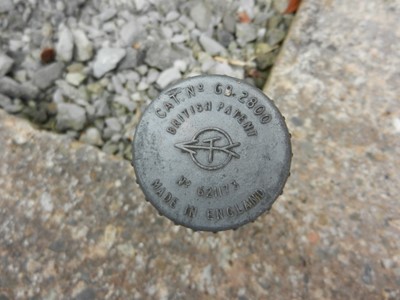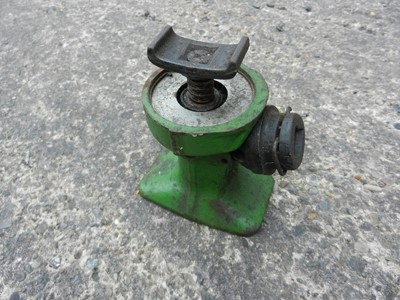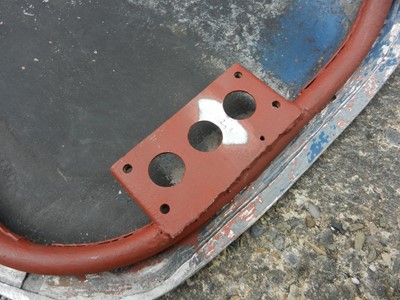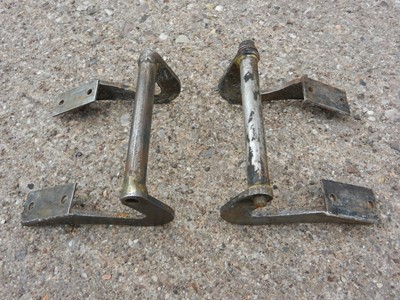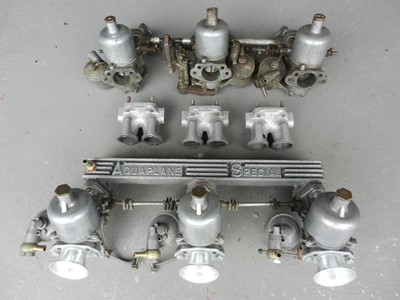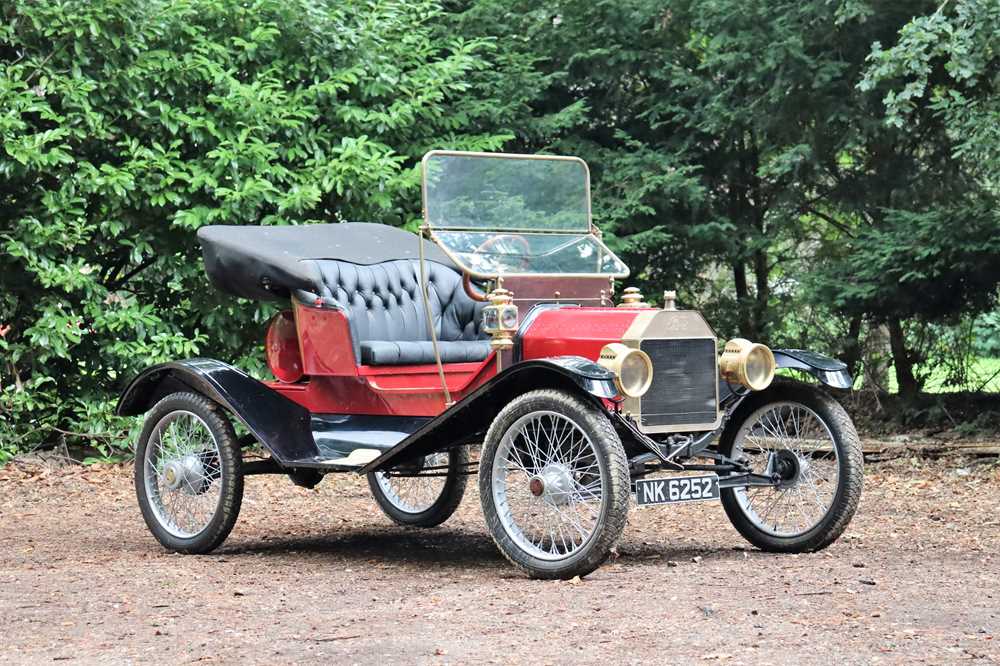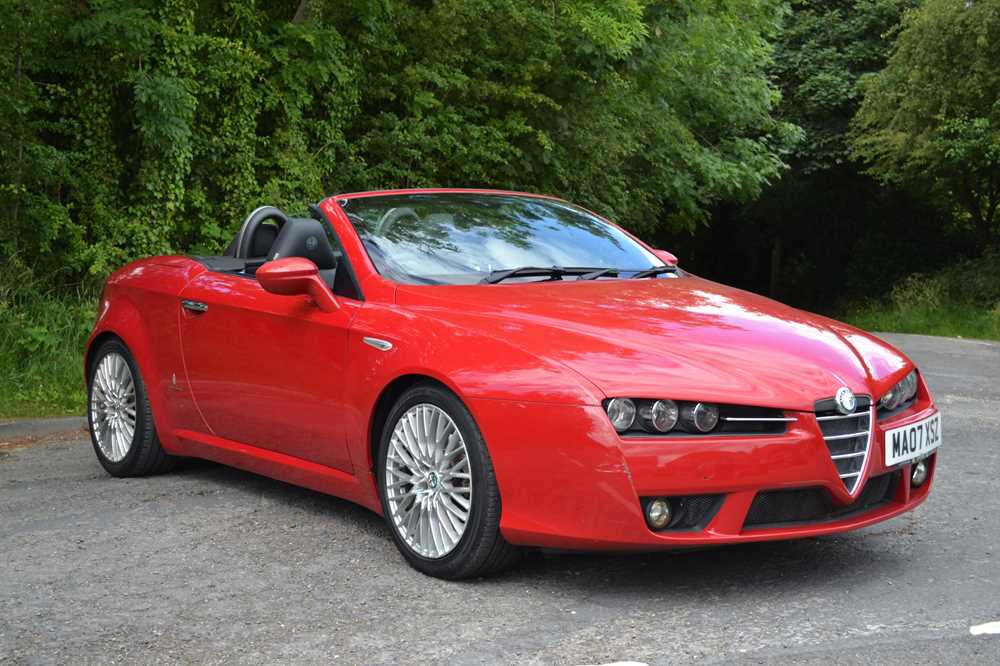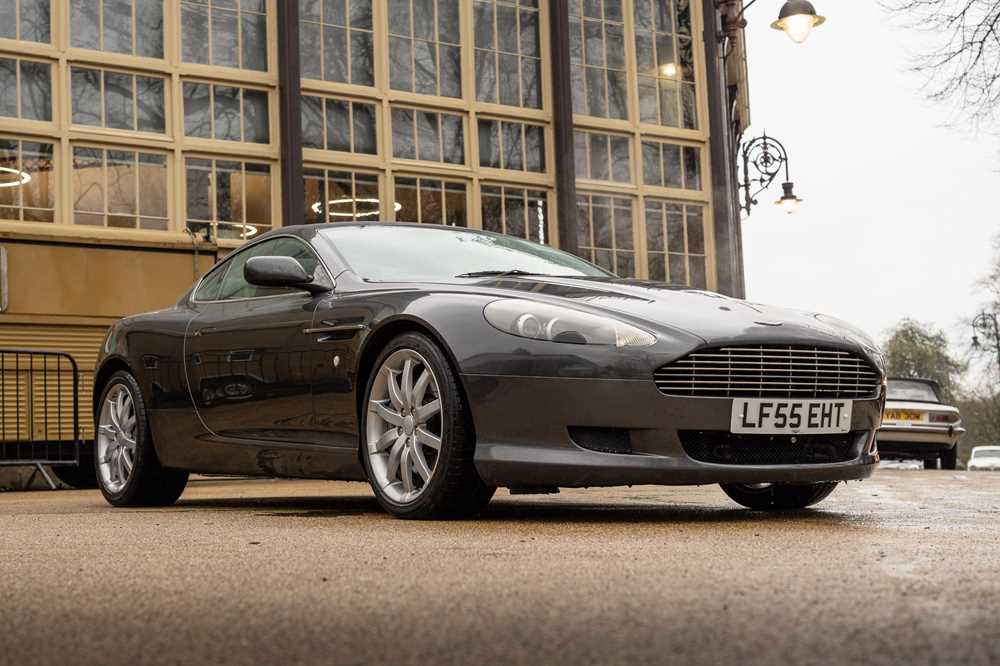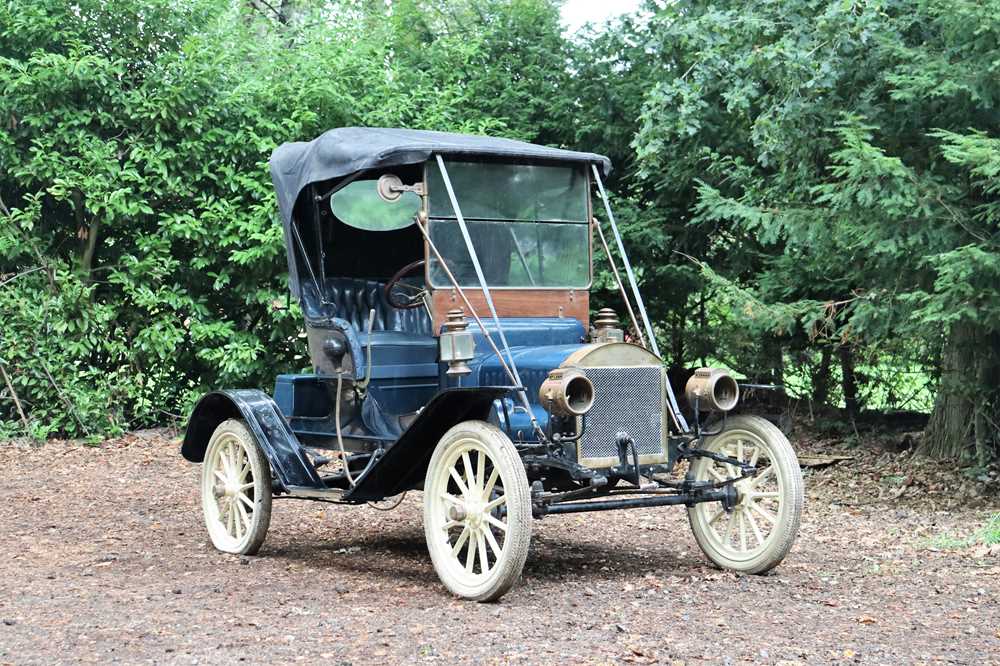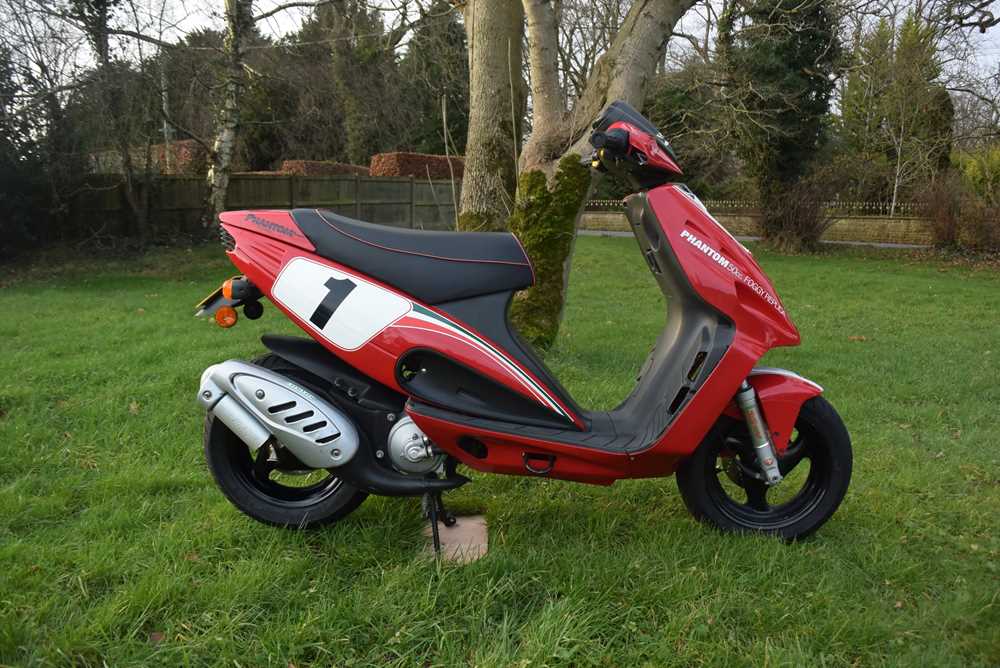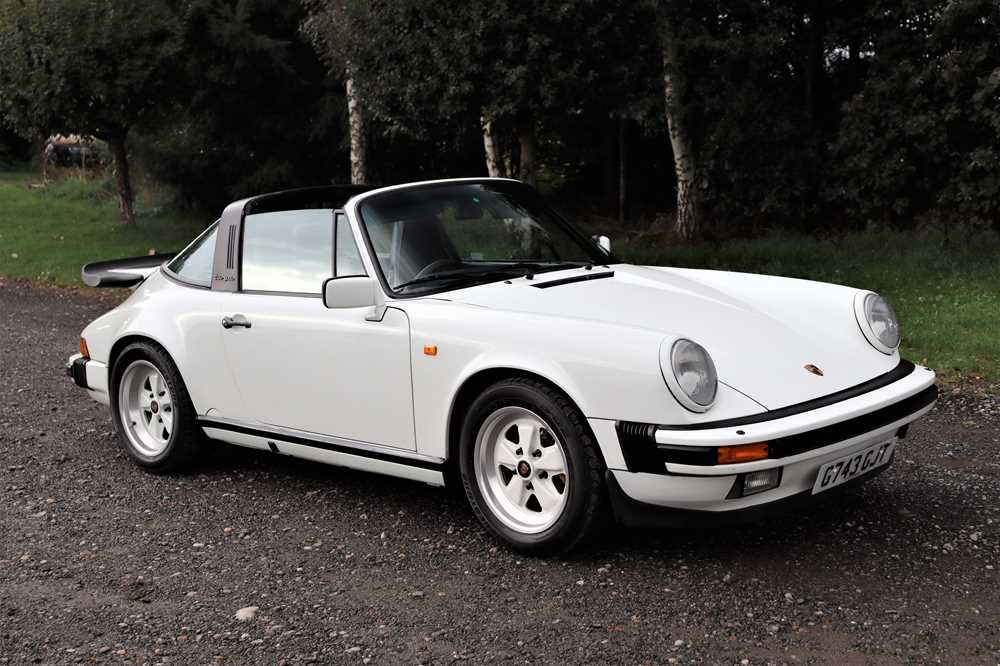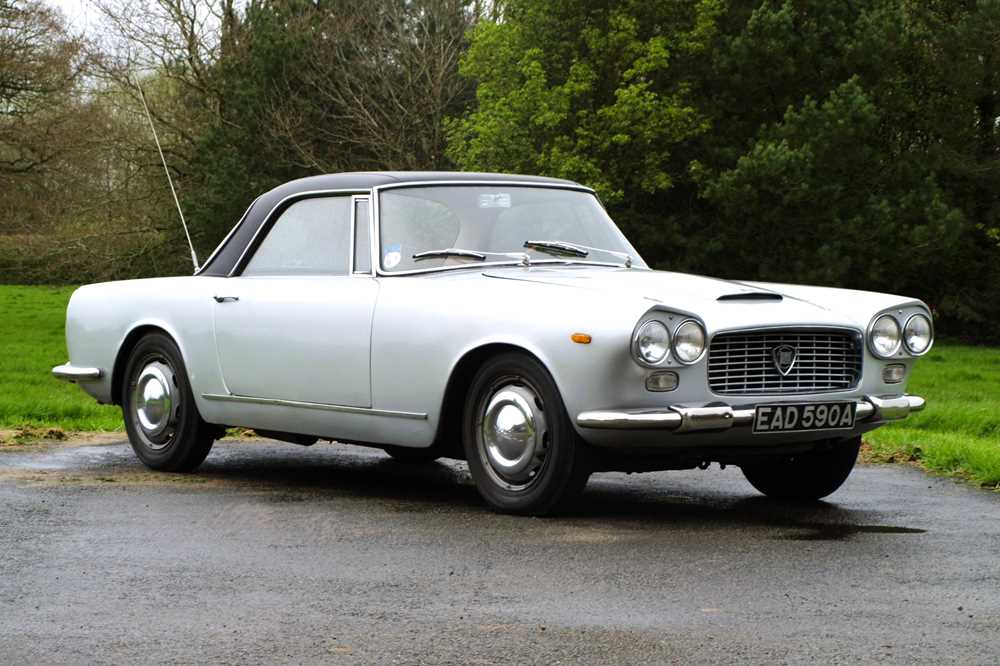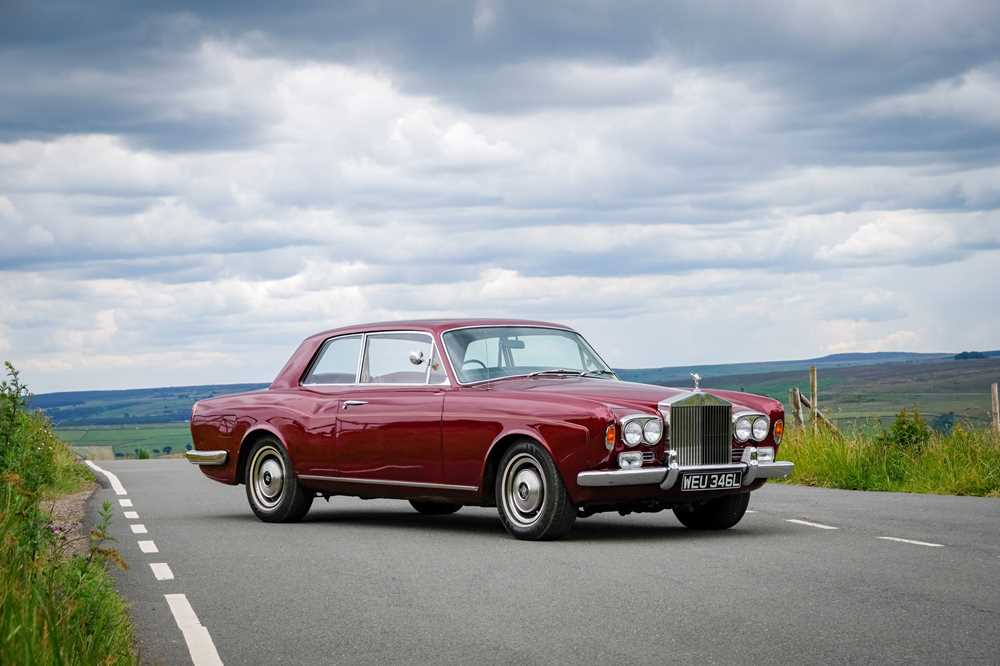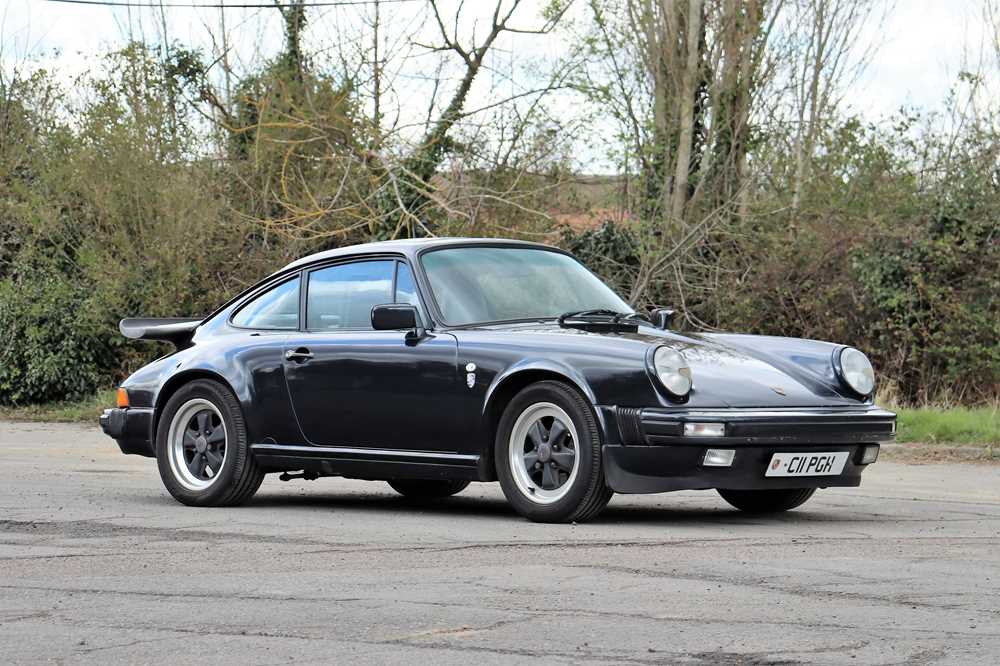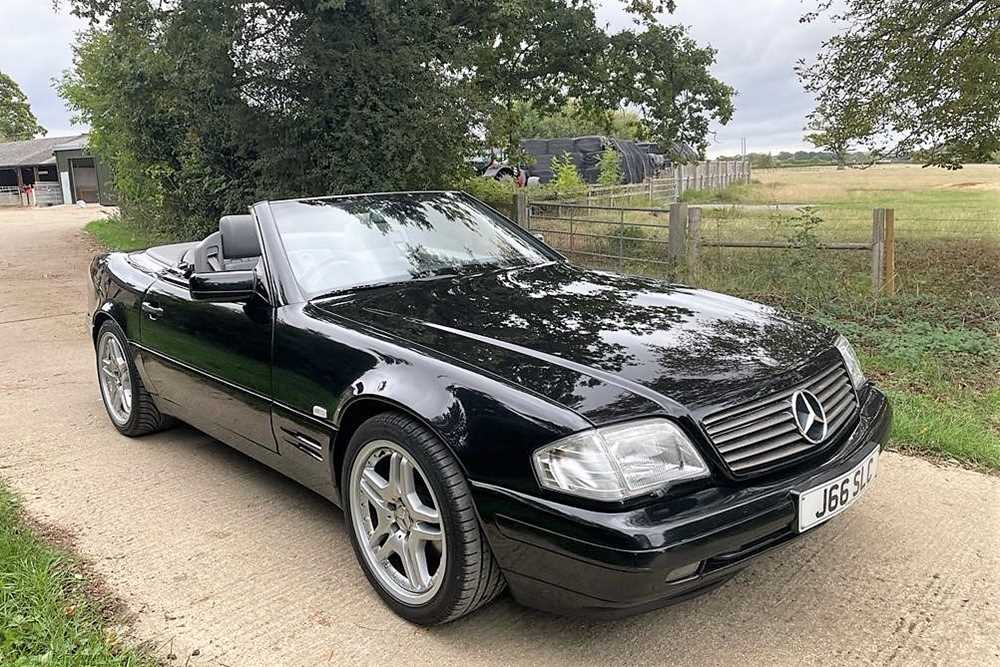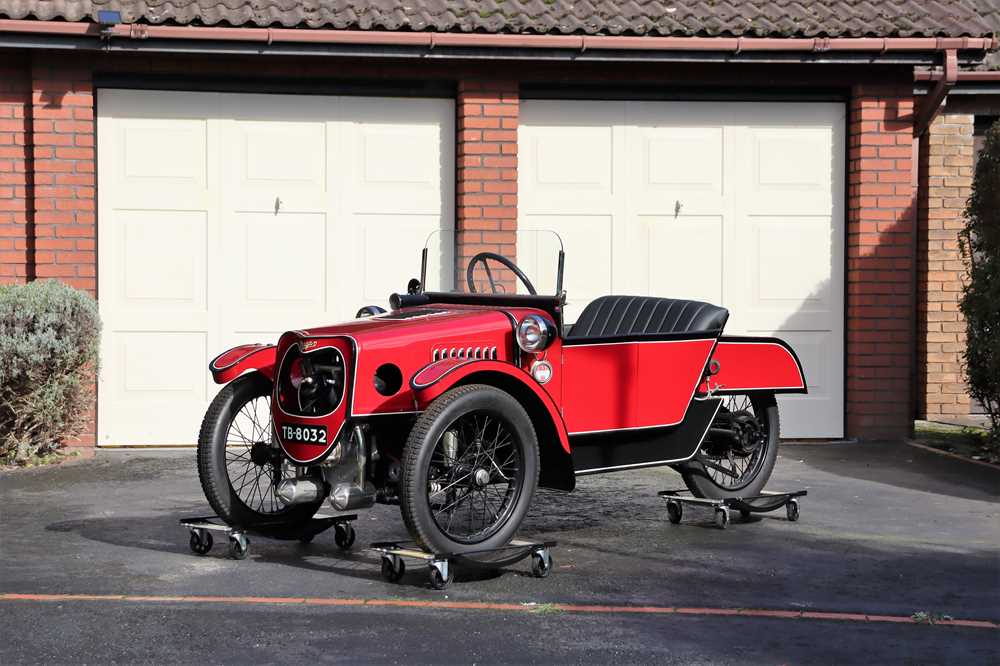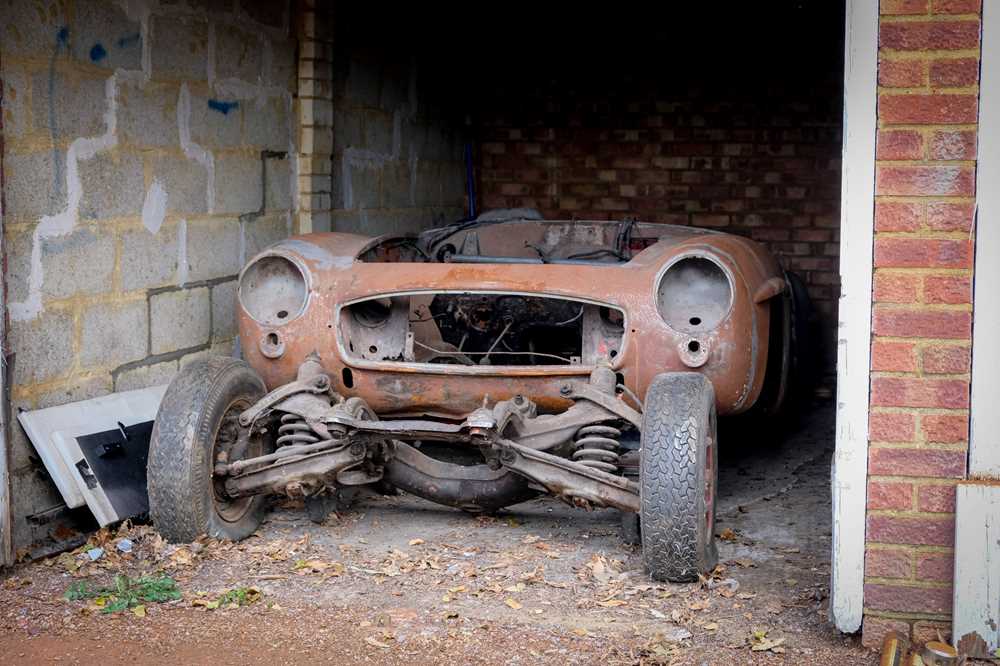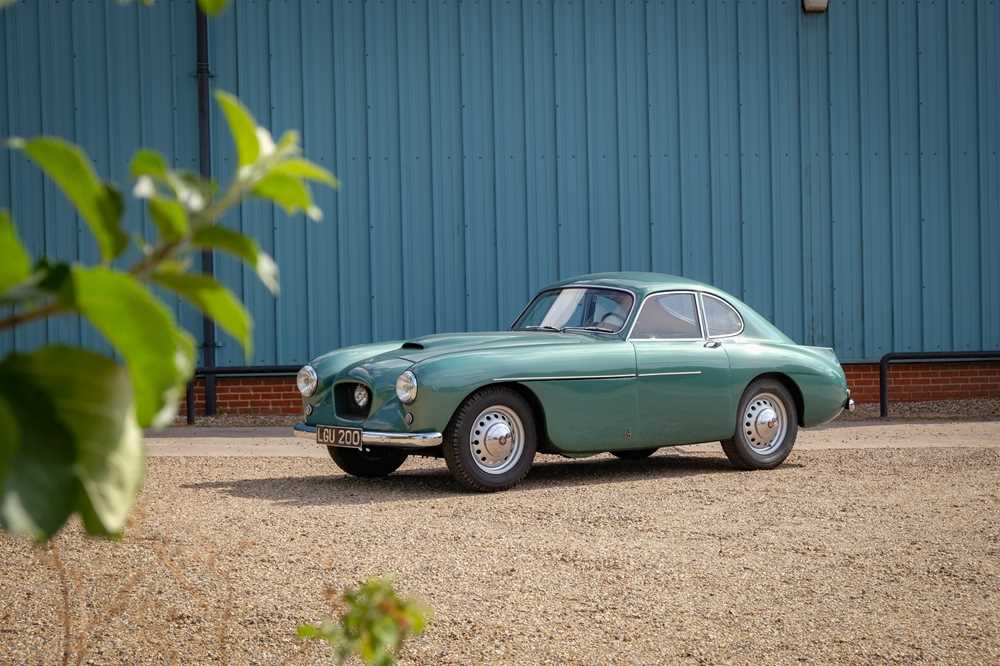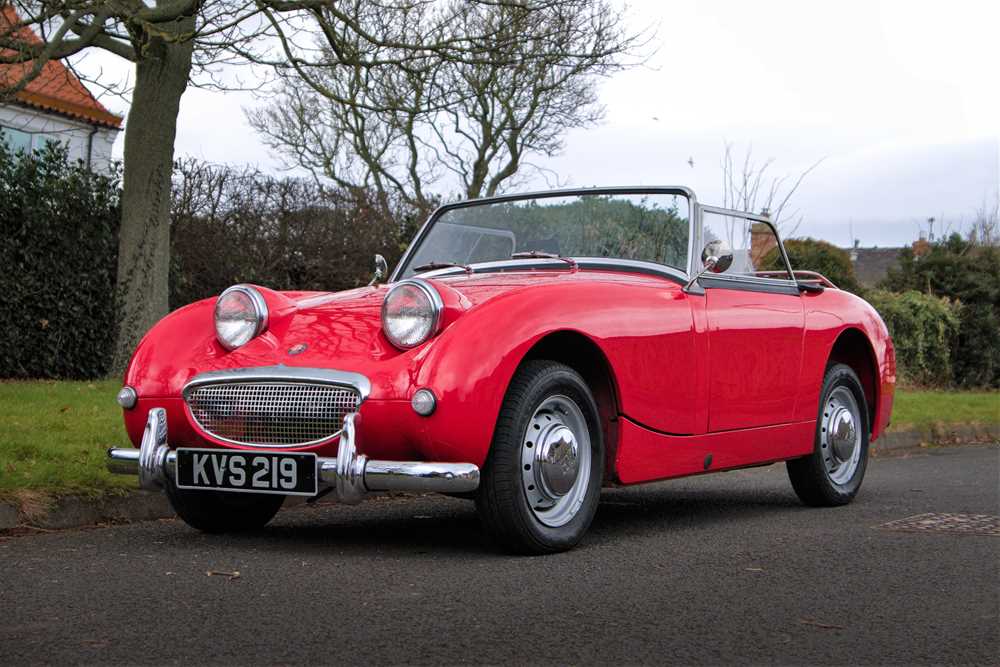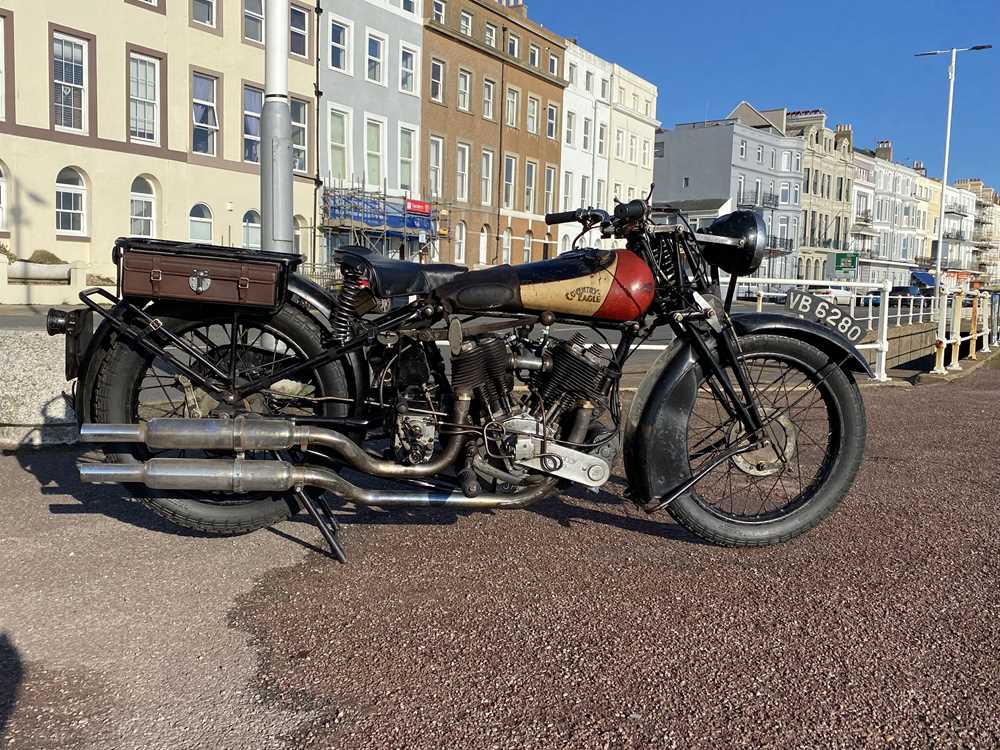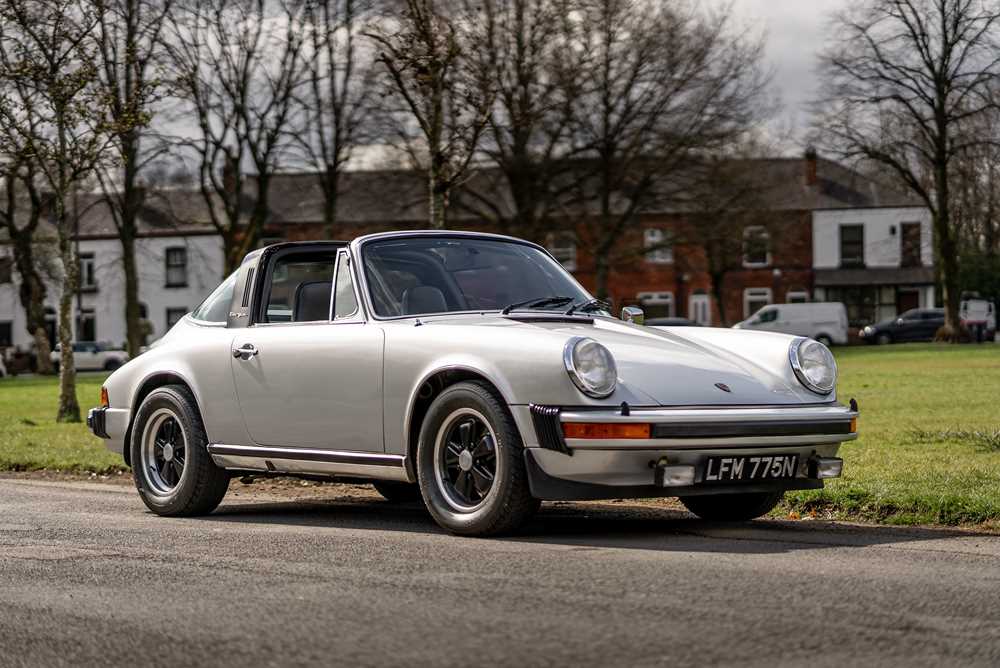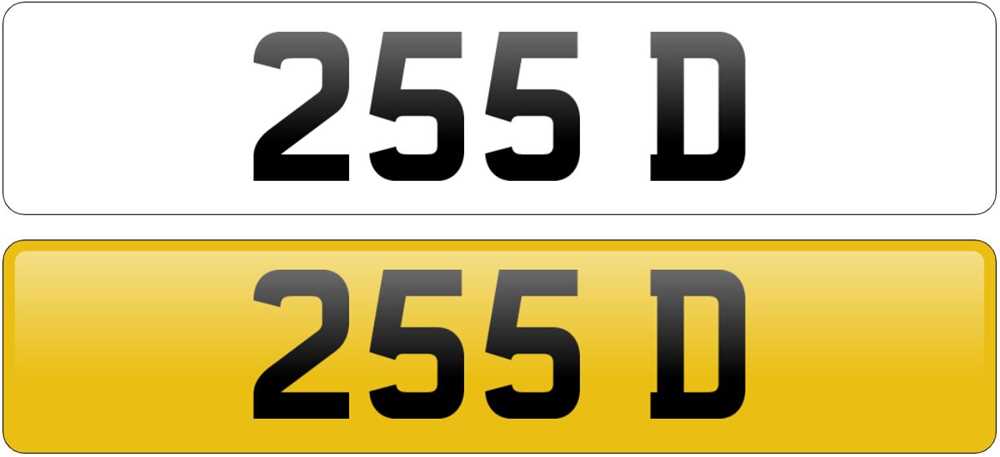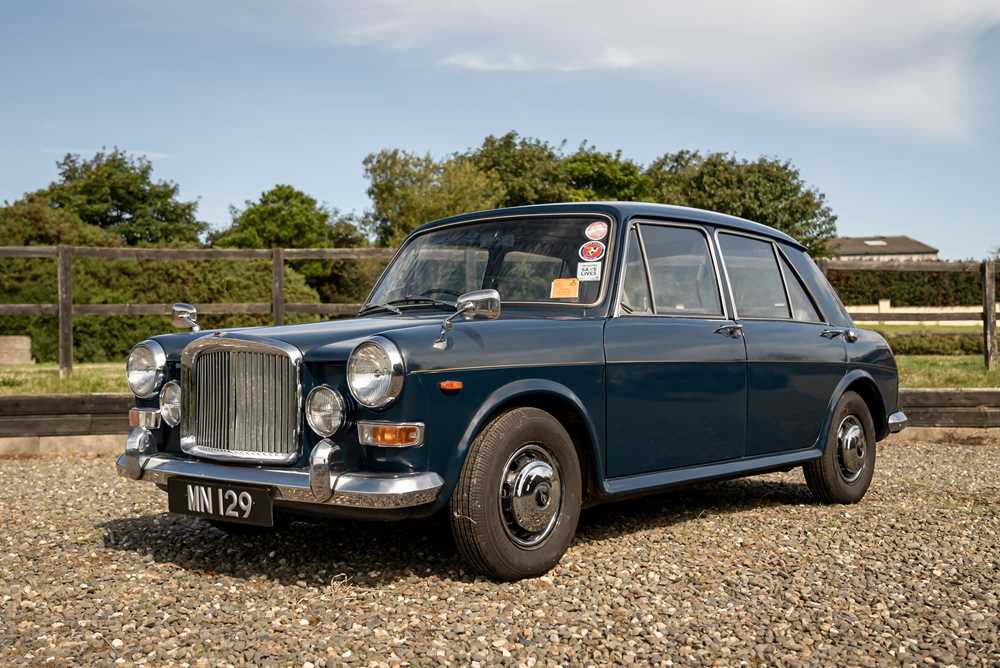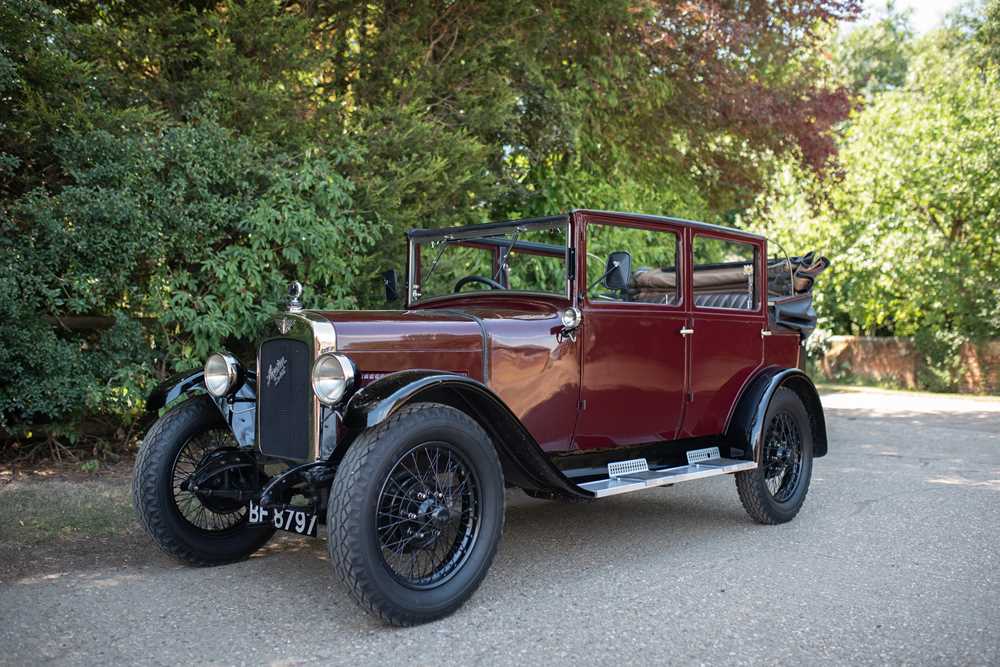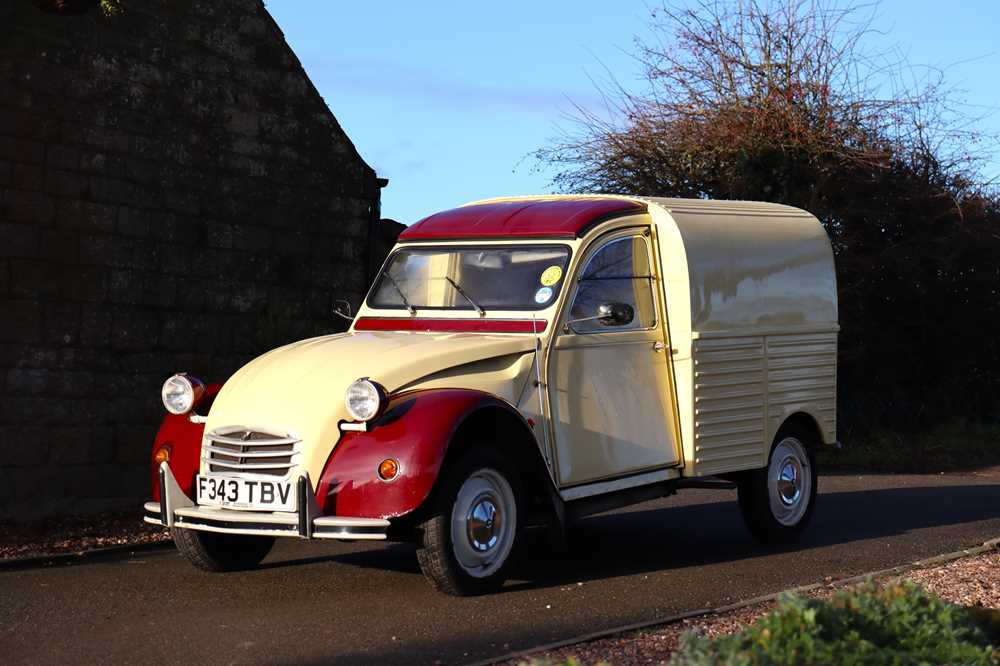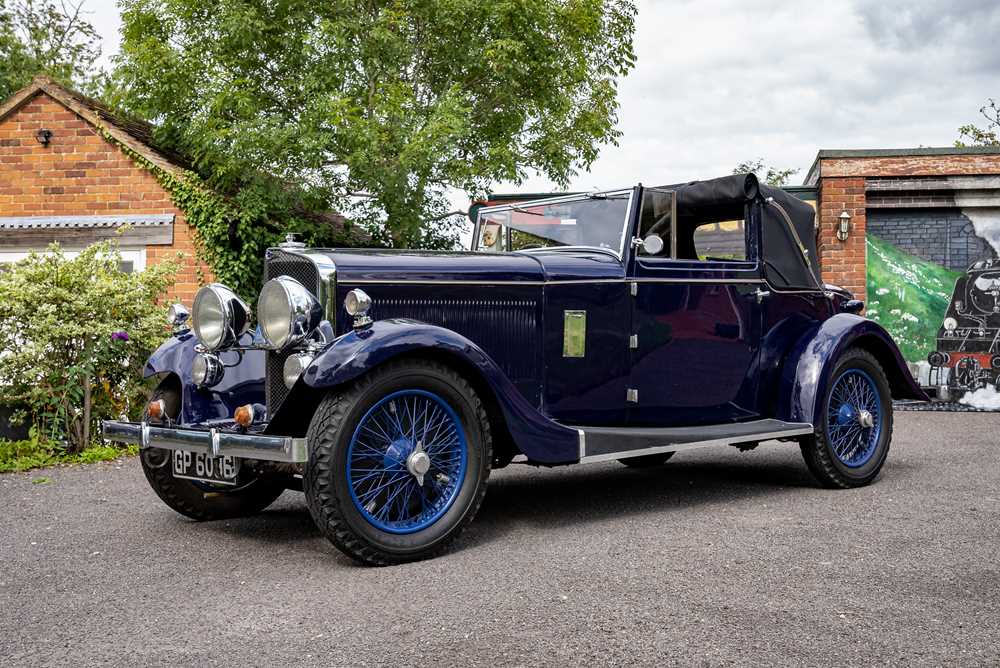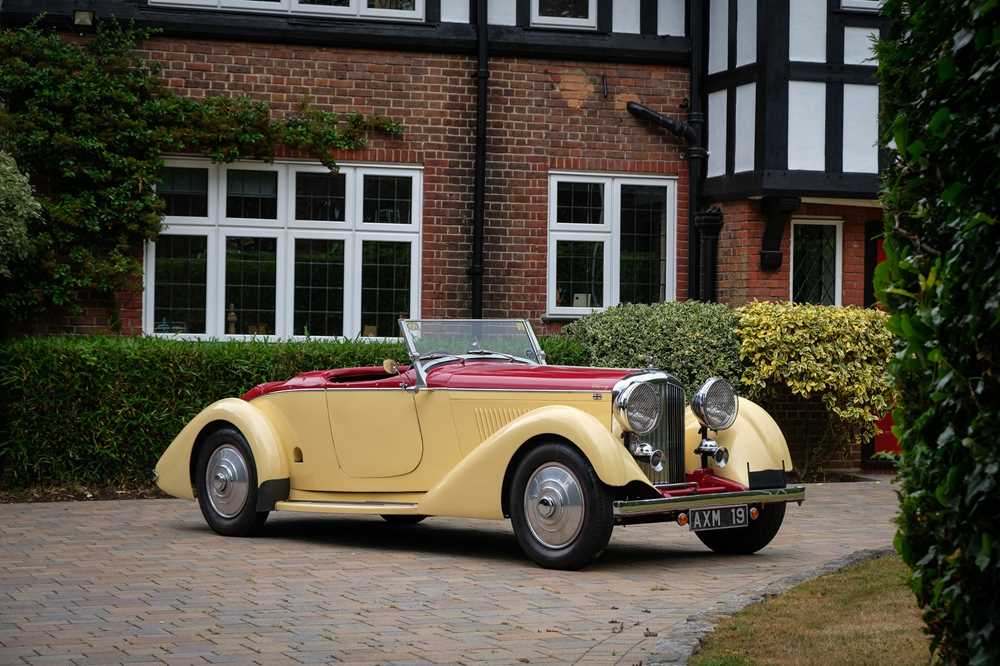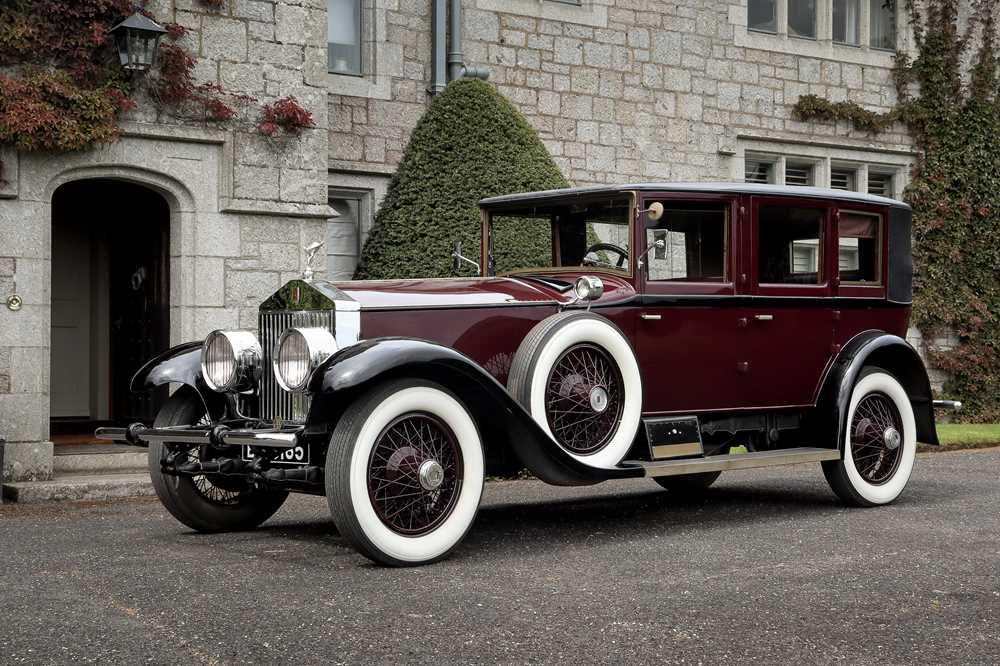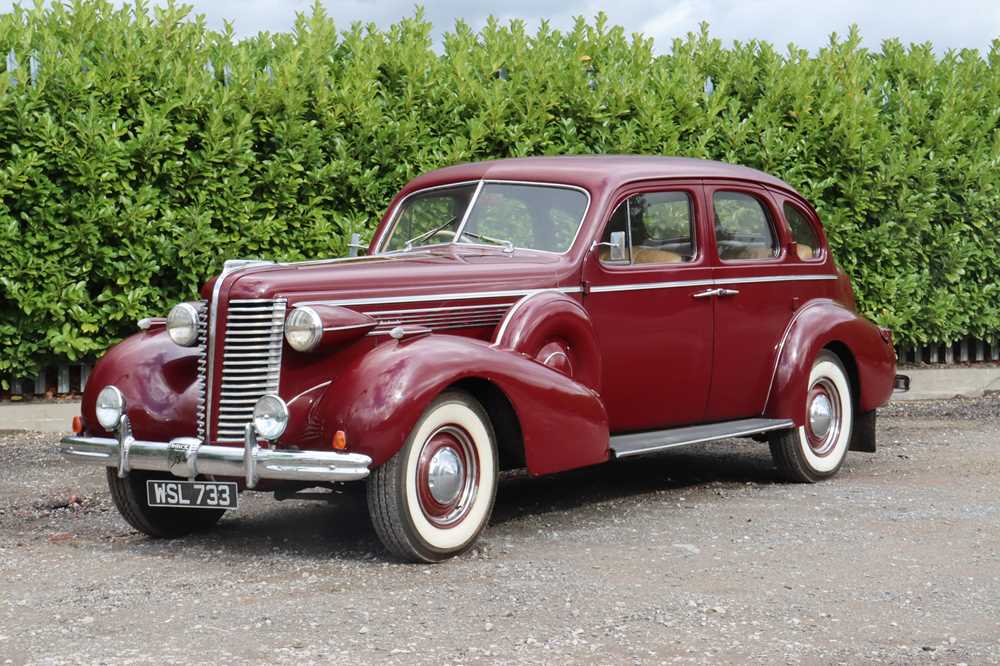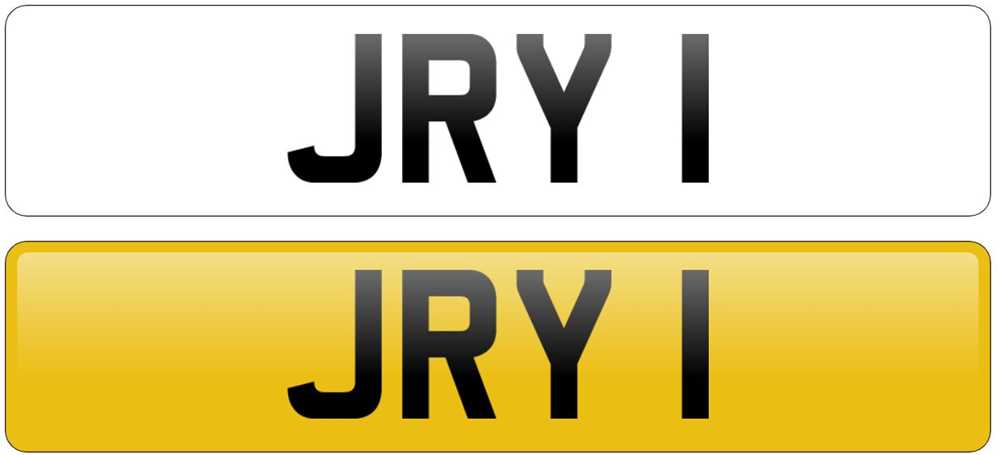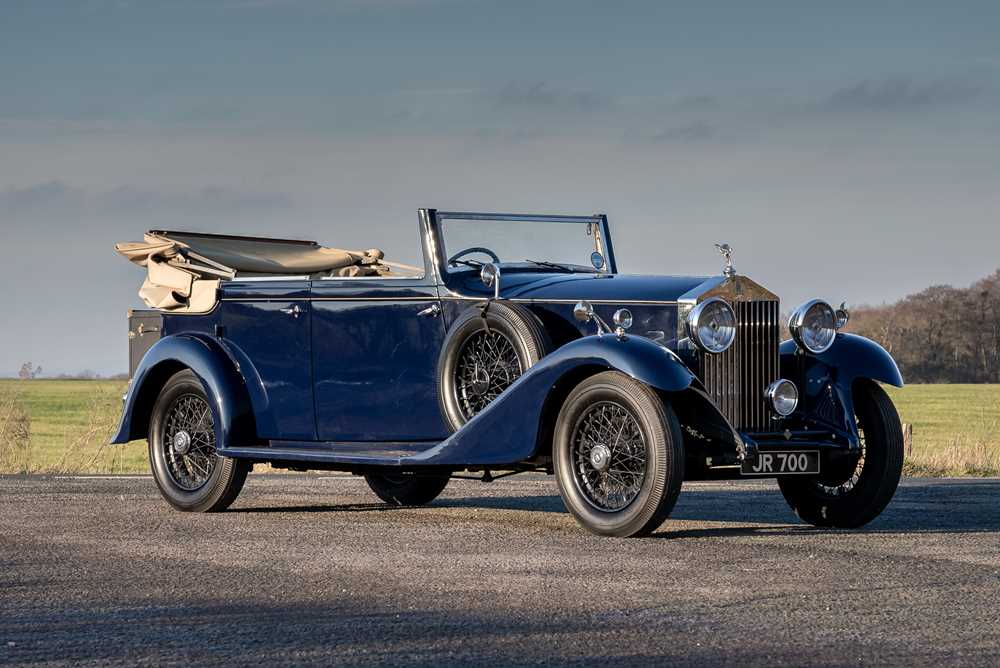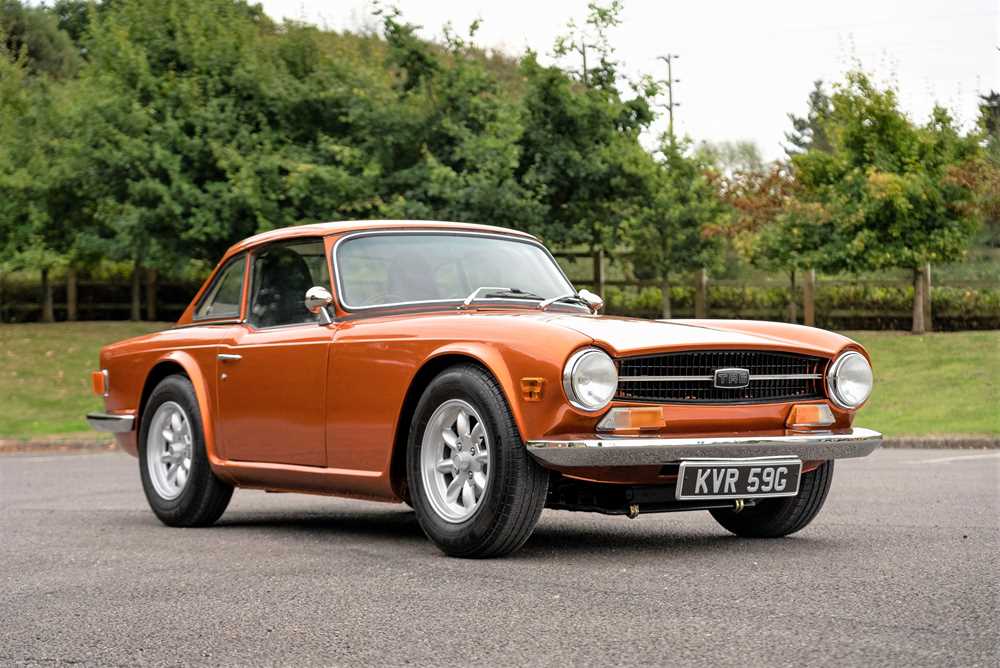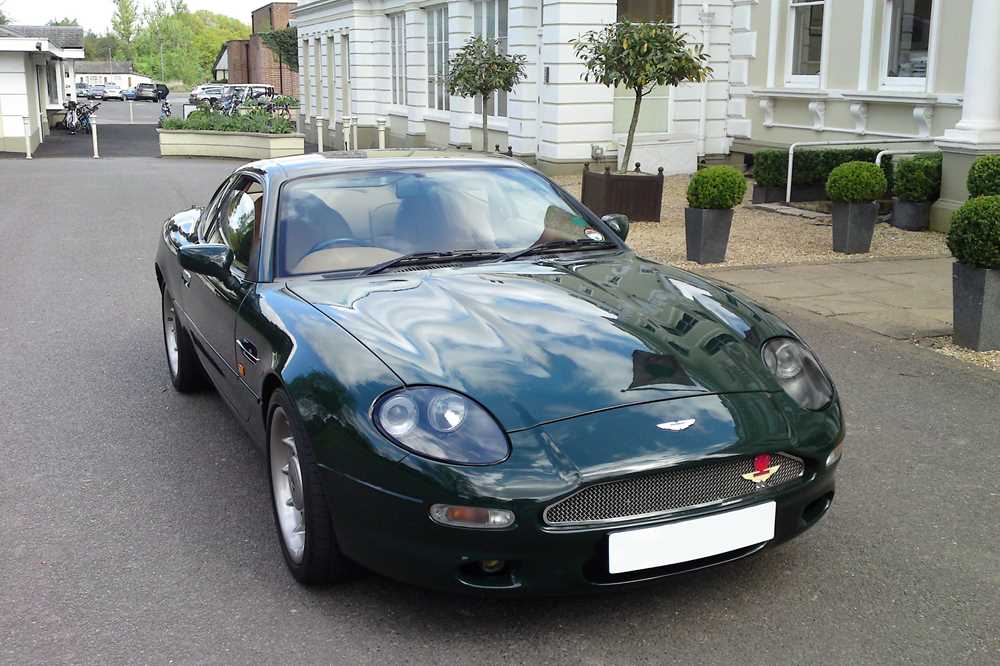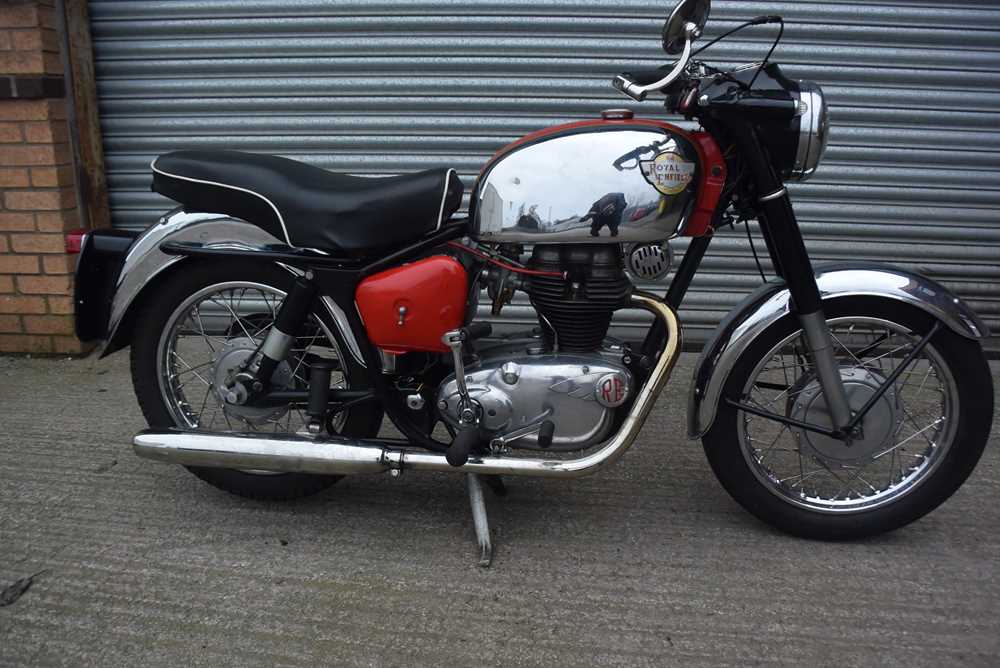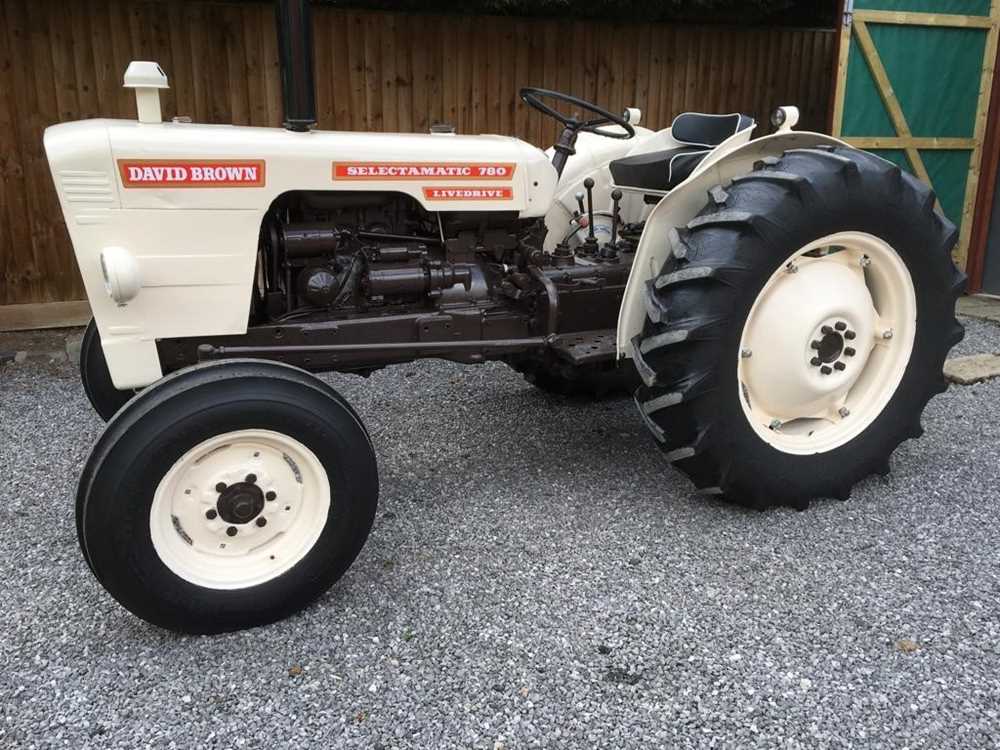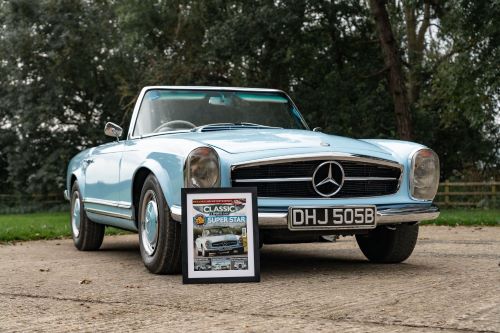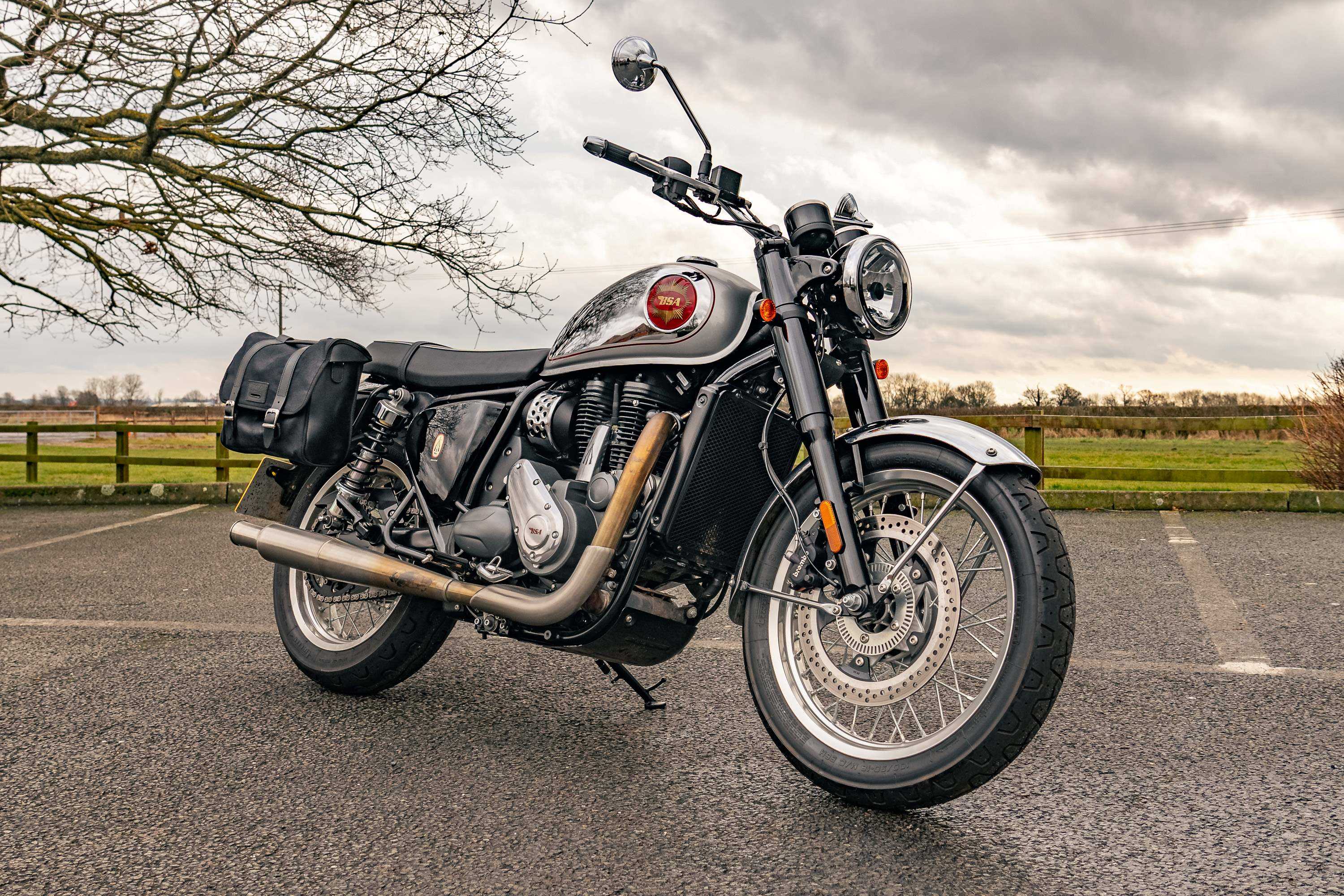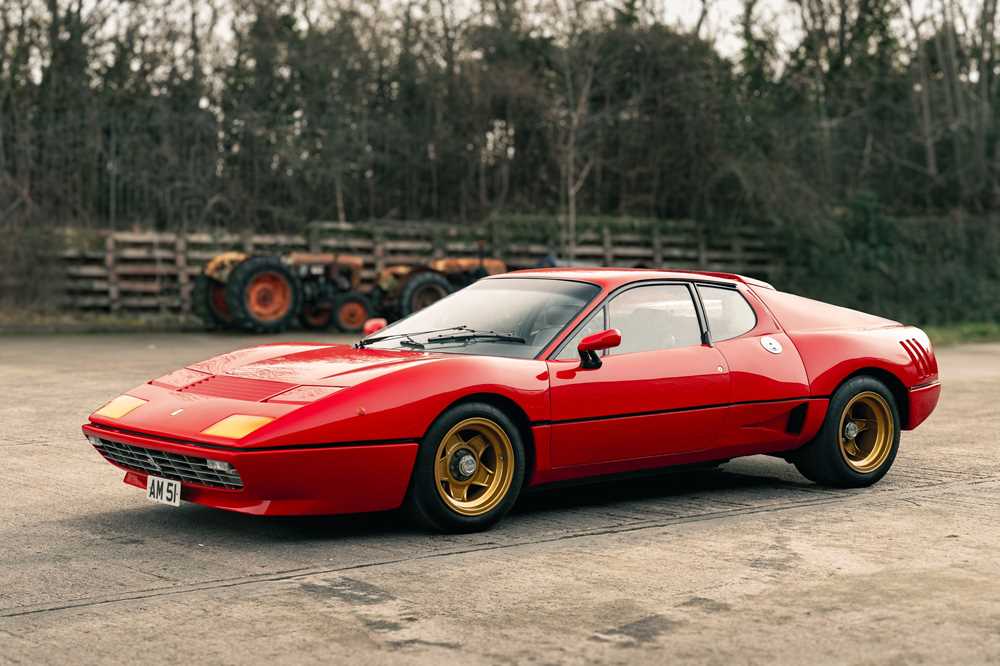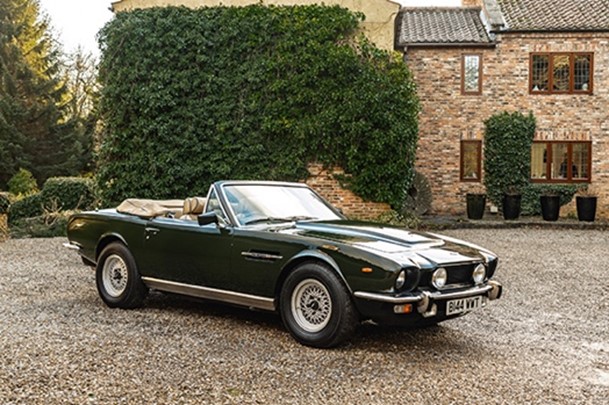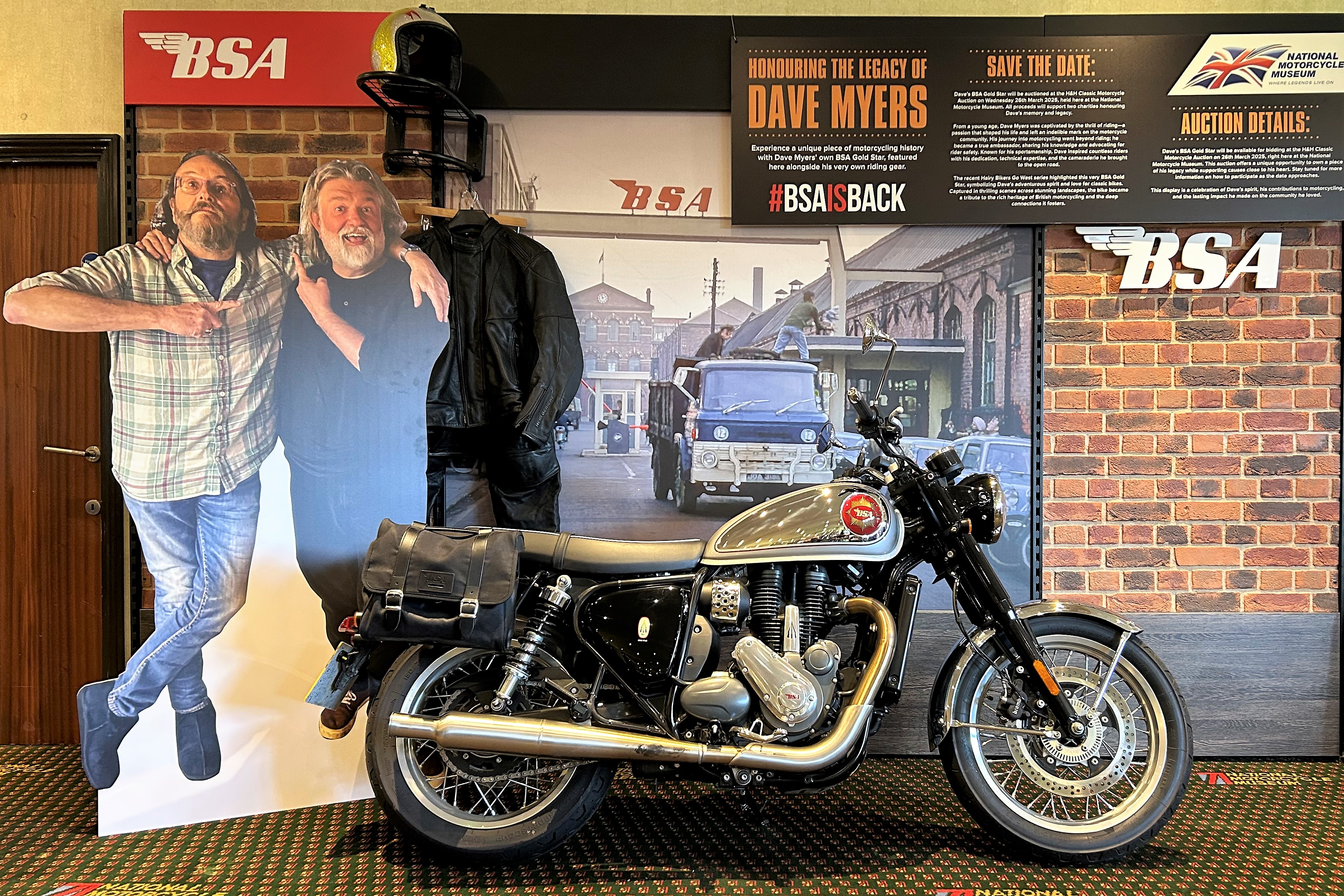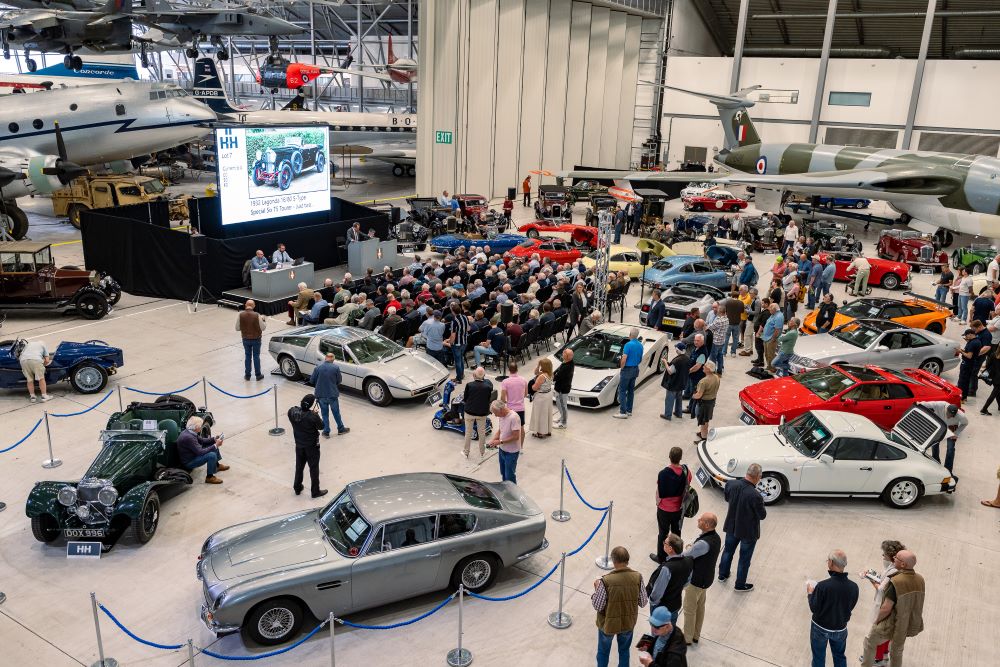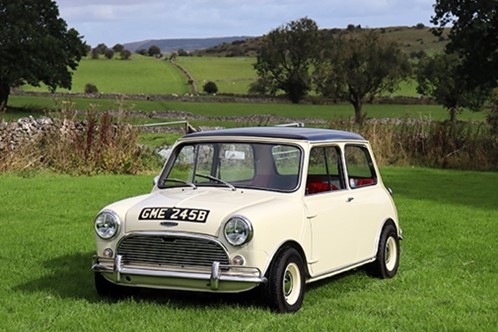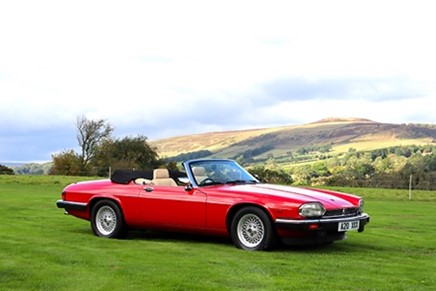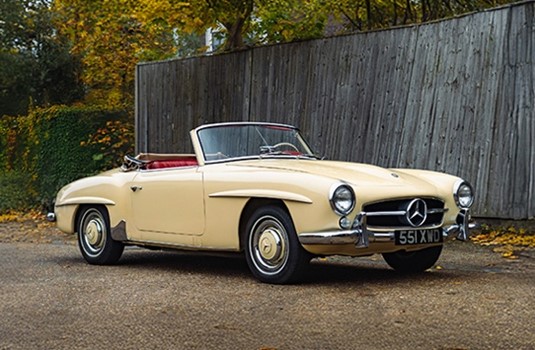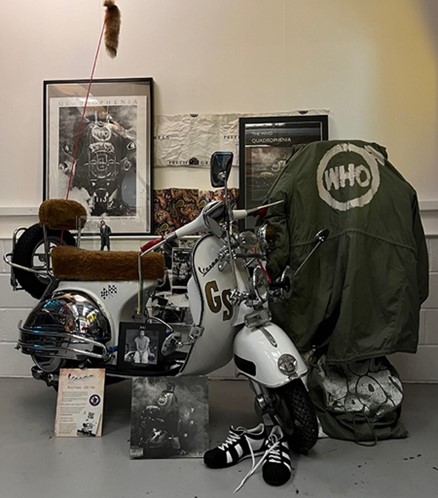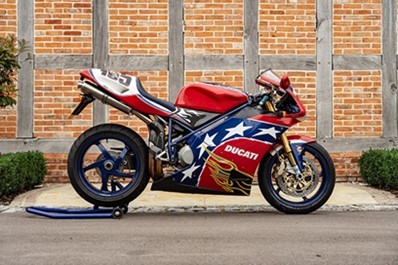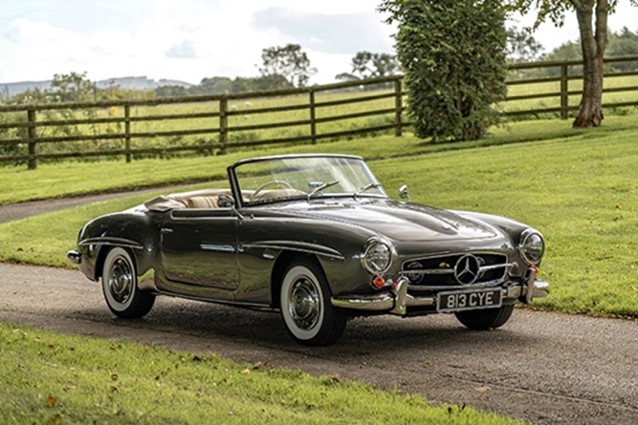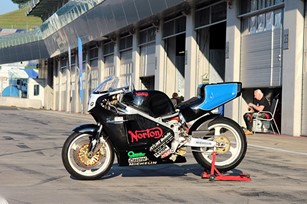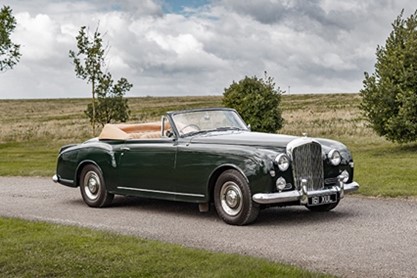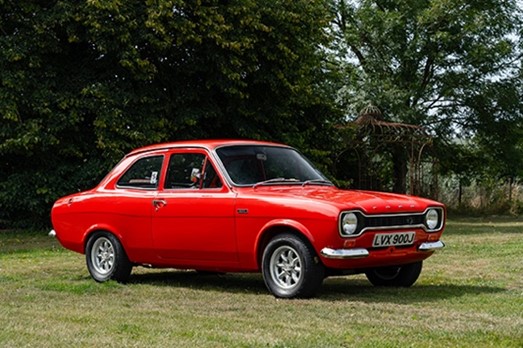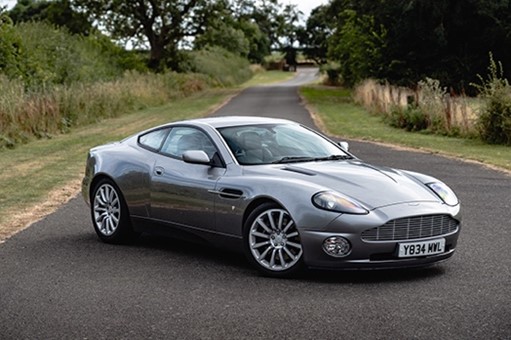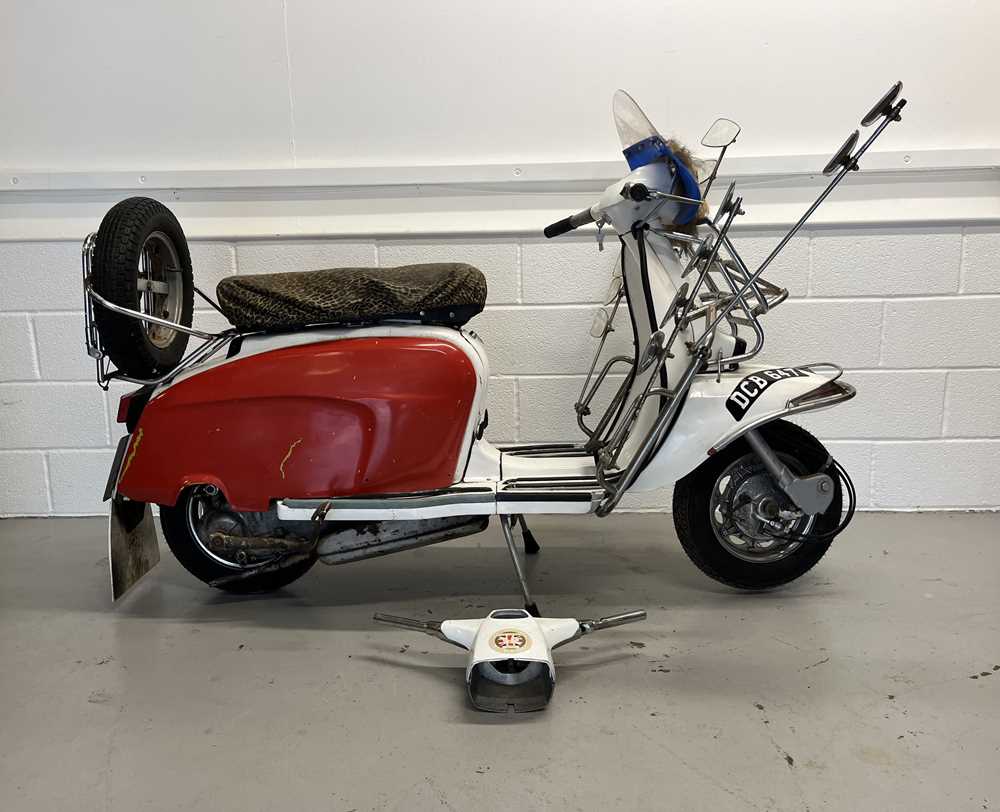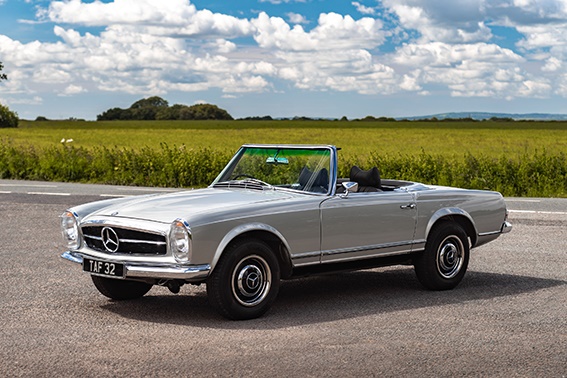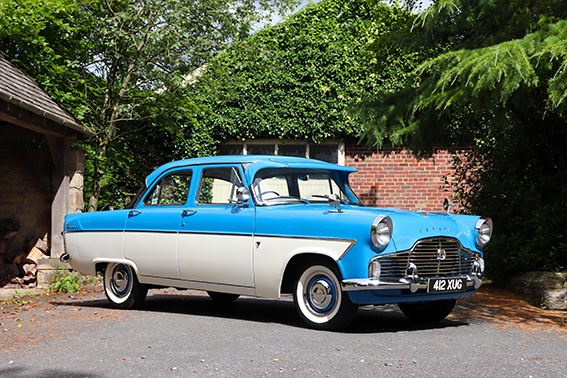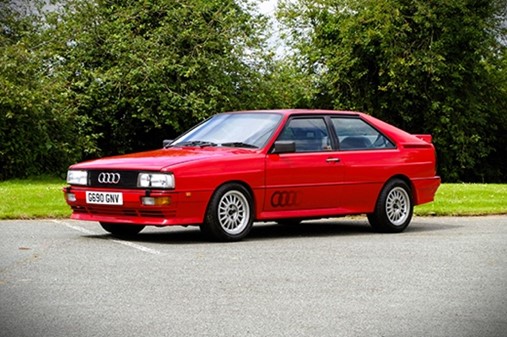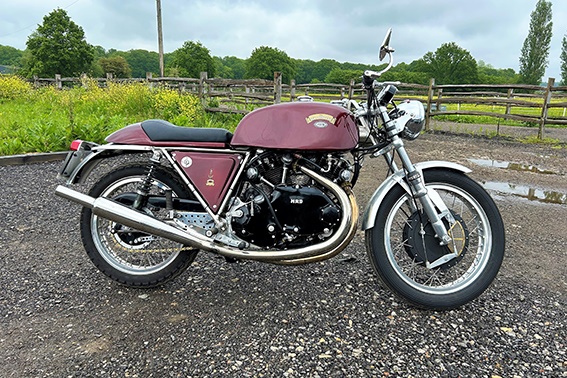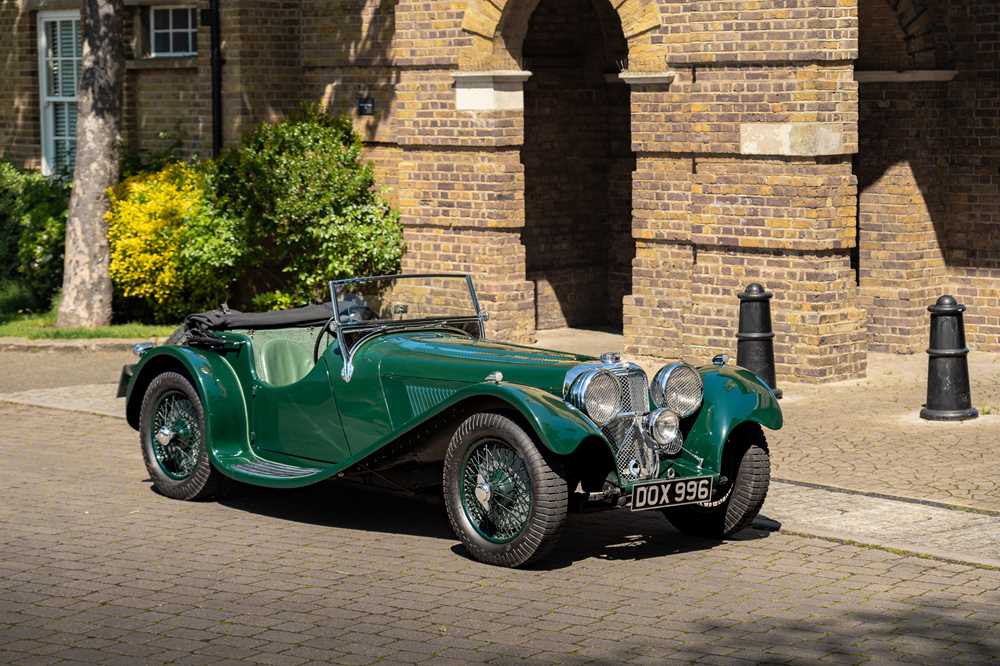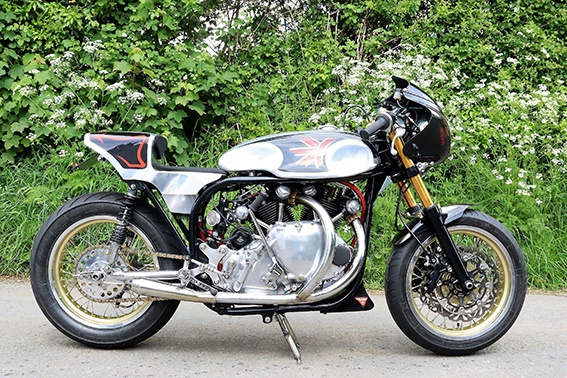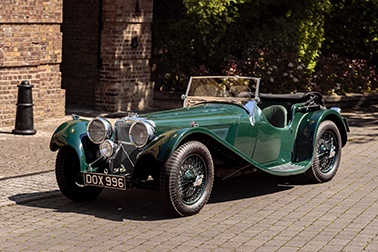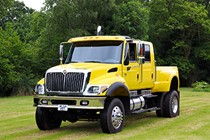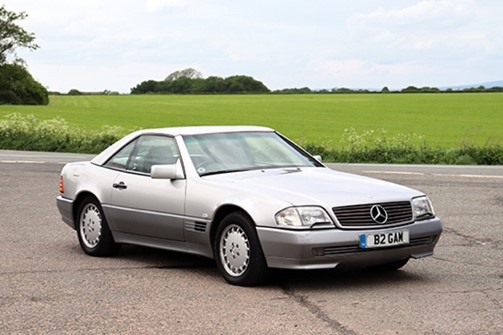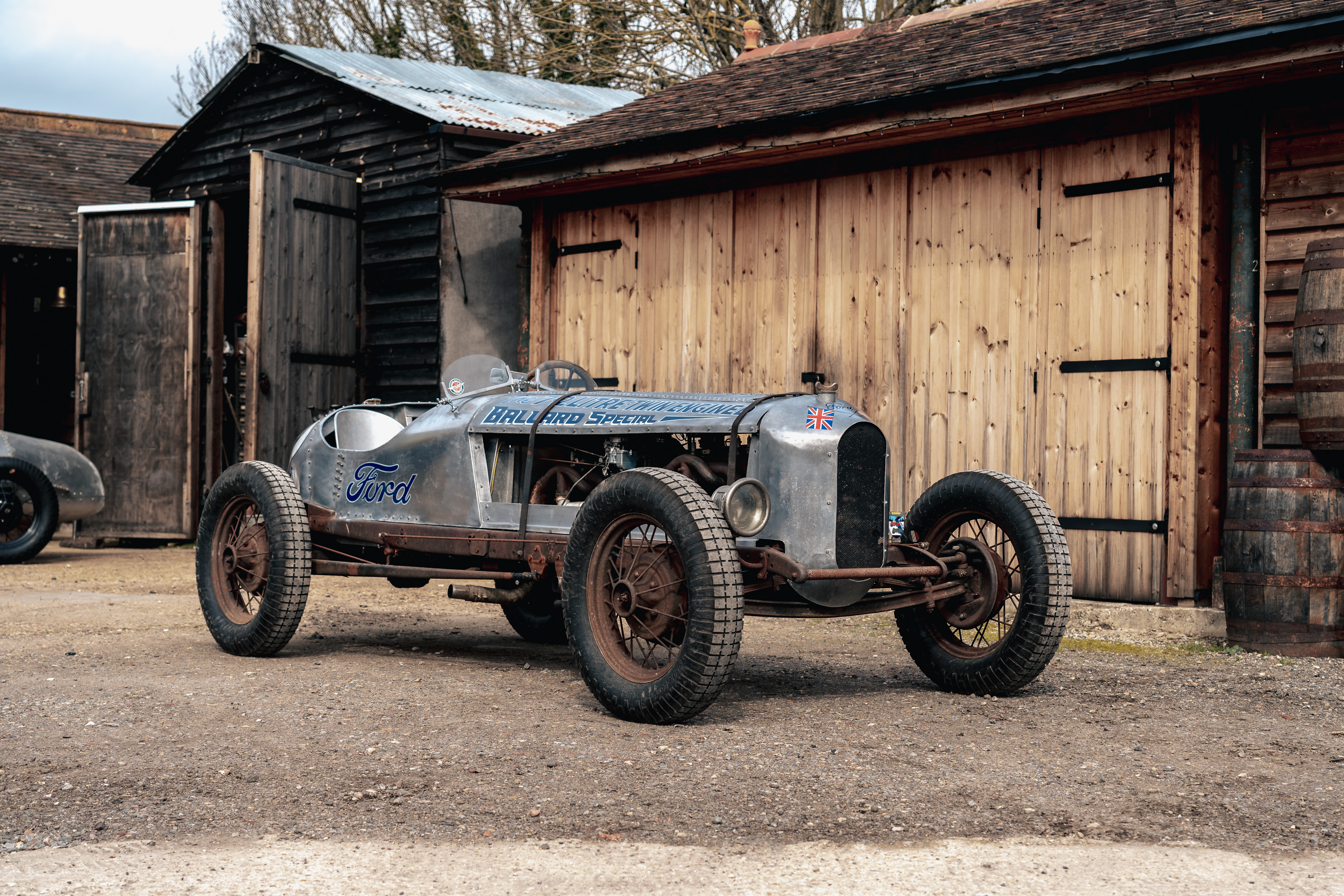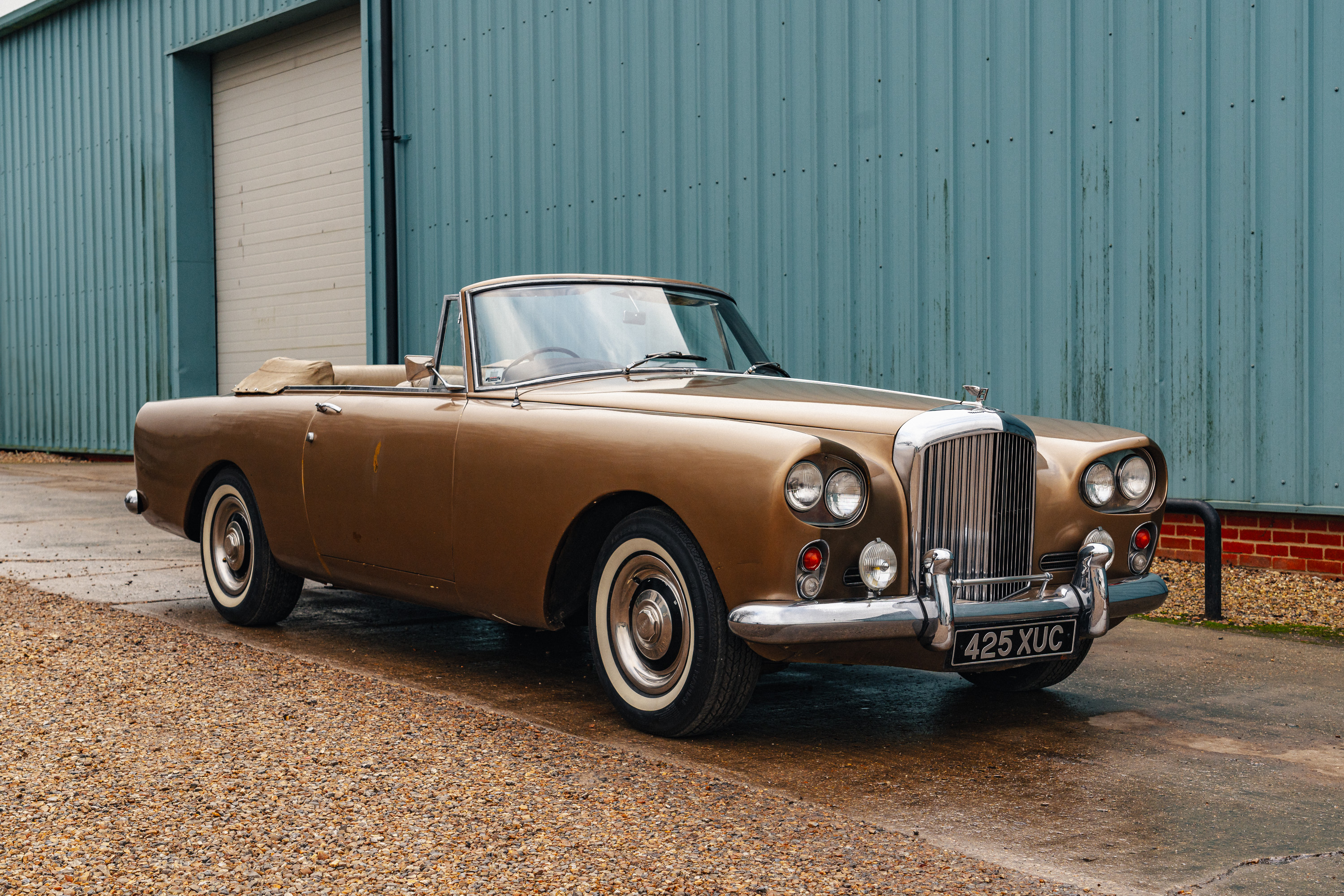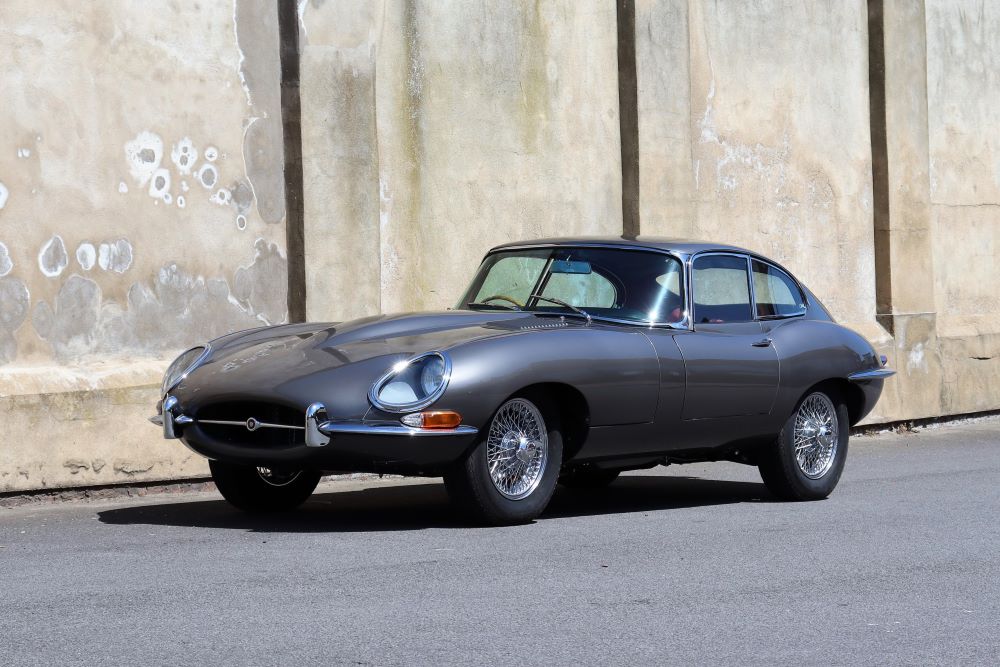22nd Jun, 2022 13:00
Imperial War Museum, Duxford
1962 AC Ace 2.6
The sixth of only twenty-six RHD examples made
1962 AC Ace 2.6
The sixth of only twenty-six RHD examples made
Sold for £123,750
(including buyers premium)
Registration No: Unregistered (formerly '400 PK')
Chassis No: RS5012
MOT: None
- Continuous ownership history from new
- Previous (fourth) keeper was former AC Owners' Club Official and ex-Triumph experimental engineer Tony Luxton
- 'Written-off' due to an altercation with a Morris Minor Traveller in 1971 but subsequently bought and repaired by Luxton
- Known to the vendor and his father since the 1970s
- 'Cobra-cised' at one time and accident damaged again before being restored by the vendor
- Accompanied by a large and valuable cache of Ace 2.6 spares
- The subject of a six-page article in the March 2021 issue of the AC Owners' Club's 'ACtion' magazine
- Period photos are from Mr Luxton's archive and show RS5012 nearing the end of its post write-off repairs in the mid-1970s
How you perceive this lot rather depends on whether or not you believe a car loses the right to its identity if it has major components replaced. Take for example a Jaguar E-Type that was fitted with a replacement engine in period and then comprehensively restored decades later using an aftermarket bodyshell with the suspension, brakes, steering, wiring and upholstery etc being renewed at the same time. The result is a refurbished car very little of which left Browns Lane concurrently. Does the sheer quantity of non-factory components it contains mean that it is no longer entitled to its identity? Such quandaries are one of the reasons that continuous history has been cited as the major factor when contemplating matters of identity. The proverbial woodsman is entitled to say that he has owned his axe for thirty years even if it has had ten new heads and twelve new shafts and thus bears no relation to the piece of hardware he initially bought. His continuous history with / ownership of the axe confers identity in a way that an individual component cannot. This can be compounded further when a vehicle is written off by an insurance company at a low point in its value curve (typically before it becomes truly collectible).
The vendor makes no bones about Chassis RS5012 being a woodsman’s axe. He is, however, adamant that it possesses continuous history. One of just twenty-six RHD AC Ace 2.6s made, it was despatched from the Works on November 2nd, 1962 which was some months after its immediate siblings. As such, the two-seater may have been retained by the factory for development or promotional duties? Road registered as ‘400 PK’, it is understood to have been supplied new by Autocraft to Michael Crosby of Bristol. Research conducted by the seller reveals that the second owners, David and Yvonne Crow, placed a wanted advertisement in Motor Sport magazine during 1966 to which Mr Crosby not only responded but also volunteered to drive Chassis RS5012 up to their Shropshire home for a demonstration. Suitably impressed, they paid £550 for the Princess Blue roadster which was showing some 24,000 miles to its odometer. After two years of enjoyment including a trip to Scotland, they sold the AC on for a £100 profit to Tim Spooner, a laboratory technician from Sheffield.
Unfortunately, a Morris Minor Traveller ran into the back of ‘400 PK’ in 1971 as a result of which it was written off by Mr Spooner’s insurance company. Needless to say, the same level of damage would not have resulted in a write off today given the current level of Ace 2.6 values. The crippled car was then bought by Tony Luxton during 1974. An accomplished engineer whose career encompassed Triumph’s Experimental Department and later Land Rover, Mr Luxton raced a series of ACs, Jaguar E-Types, Ginettas and finally a Pilbeam single-seater. Better placed than most to repair Chassis RS5012, he soon had it up and running albeit with a Triumph 2.5-litre straight-six under the bonnet. Cobra-cised somewhat with flared wheelarches etc, the two-seater was crashed again. Sidelined by Mr Luxton’s acquisition of a new coil-sprung Cobra chassis from AC on which his competitive efforts were refocused, the modified Ace 2.6 had various parts sold / swapped off it including some that went to the vendor’s father.
Already in possession of a very original AC Ace 2.6 (Chassis RS5003, his fourth Ace) and having known about RS5012 for years because of his father’s friendship with Tony Luxton, the vendor jumped at the chance to acquire its remains in August 2008. Conscious that the AC Owners’ Club Register had long since consigned the car / its identity to oblivion he had Mr Luxton put the following in a signed and dated letter: ‘I confirm that I have today sold the original remains including the original chassis of the 1962 AC Ace 2.6, Chassis Number RS5012 to Mr X. I also confirm that I purchased the damaged but complete AC Ace 2.6 (Chassis Number RS5012) in 1974 from Tim J.D. Spooner in Sheffield after he crashed it in 1971. Consequently, the rear end was damaged. The only missing parts were the windscreen (curved) and the gearbox which Tim had disposed of separately . . . The Ace (RS5012) was painted a pale Metallic Blue and the interior trim was grey when I bought it. When I had rebuilt the Ace and fitted it with a Triumph TR5 engine to race, I disposed of the surplus spares (not the car) to Brian Angliss’.
An AC Owners’ Club official during the 1970s who is on record for donating various experimental parts to Triumph specialist Canley Classics’ Museum, we see no reason to doubt Mr Luxton’s word. Furthermore, whilst we are not marque experts, the fragments of chassis we were shown that had been deemed unfit for reuse (due to corrosion or damage) certainly appeared to be from an Ace 2.6. The vendor’s initial plan had been to turn the remains of Chassis RS5012 into a competition car built to FIA HTP specification (and thus incorporating correct-type cam and box steering). The Princess Blue machine visible in the catalogue photos is the result. With hard competitive usage in mind, it was constructed around what was effectively a brand-new chassis, albeit one which is now some years old. The traditional aluminium skin encasing it is of a particularly high standard and with superb panel fit.
The high-specification 2.6 litre engine currently installed is the work of Iain Daniels Classic Motorsport and features the following: Helix uprated clutch, baffled aluminium sump, steel-geared oil pump, balanced crankshaft / flywheel / front pulley, Kent Cams 243 camshaft, strapped main bearing caps, lightened / balanced conrods, 10.5:1 forged pistons. While, the Raymond Mays alloy cylinder head boasts a Cometic head gasket, modified rocker post, mild porting, double valve springs and triple Weber carburettors. The engine has been run-in on a “bench-rig” but otherwise has zero miles on it. The four-speed gearbox has the benefit of overdrive. TLE Exhausts fabricated a bespoke mild steel system and IN Racing refurbished the ENV differential (complete with LSD). Bar some final trimming and set-up / debugging work the two-seater is essentially complete.
Conscious that he had various chassis parts which although not suitable for a competition car would be fine for road use, the seller fully restored a second chassis frame. He had also amassed enough parts for another 2.6. With components from Chassis RS5012 being split between the proposed competition car and the second chassis, the vendor has decided to offer everything as a single lot. Only coming to market due to a loss of storage space following a house move, this exciting project has potential aplenty.
PLEASE NOTE: The second chassis and large cache of spares (engines, carburettors, hardtop, suspension, ENV differential, rear clip etc) can be viewed in advance by appointment but will not be on display at IWM Duxford.
For more information, please contact:
Damian Jones
damian.jones@handh.co.uk
07855 493737
Auction: Imperial War Museum, Duxford, 22nd Jun, 2022
VIEWING TIMES
Tuesday 21st June 2022 from 12pm to 6pm
Wednesday 22nd June 2022 from 9am
All successful bids must be paid in full by midday the day after the auction at the latest.
You can collect your new pride and joy from our venue until 1pm the day following the sale or our partners are on hand to help arrange safe transportation:
Do you have an item to sell?
If so, contact one of our friendly specialists for your free valuation by completing the form below and someone will get back to you as quickly as possible.
If you prefer to speak to humans, don't hesitate to call our office on +44 (0)1925 210035
Other lots in this sale

